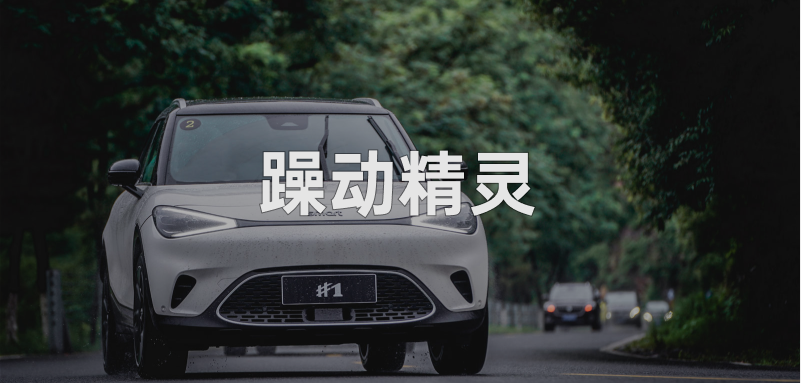It has been two days since the global debut of smart #1, and recent consecutive business trips have made the quality of last night’s sleep particularly good. This morning, I woke up naturally before the alarm clock rang, just like usual. But this time there was no trace of fatigue. After opening my eyes, my body and mind were fully awake and charged.
There were occasional traffic flows and honking outside the window, creating the most suitable white noise for writing. In fact, I wanted to write this article as soon as I finished test driving the car that day. However, I was worried that my unrestrained excitement would exaggerate the feelings and make everyone neglect the overall look of the car. So I deliberately diverted my attention. After two days of relaxation and settling, I think it’s time to talk about this car.
Before the test drive
I don’t remember when I saw smart #1 for the first time, maybe it was a sketch, or maybe it was a design release event. But what I clearly remember is that when I saw it was a compact SUV, I was very pleased.
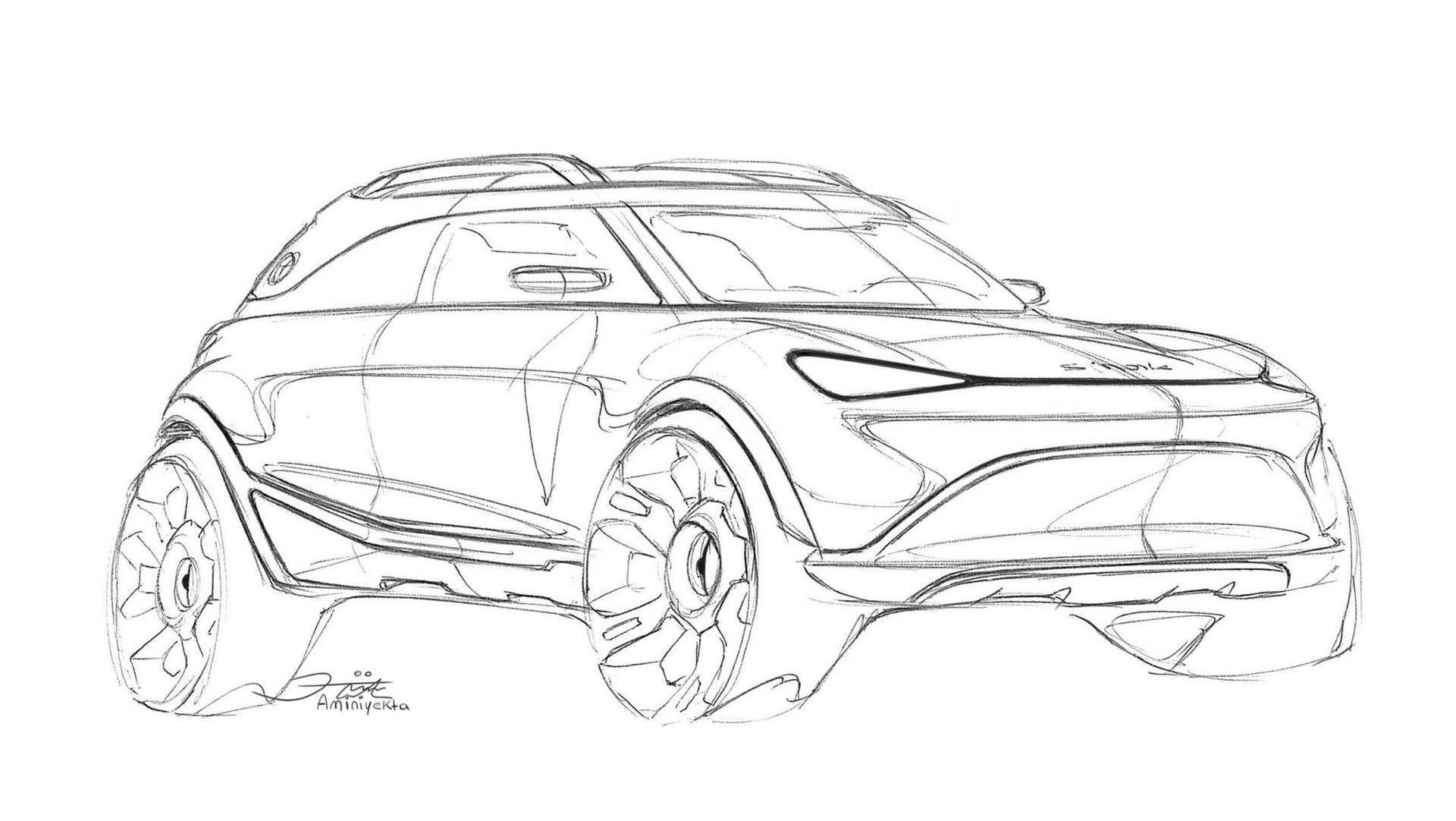
This may be opposite to the expectations of many smart fans in the auto industry. I did not have any expectations when the original two-door smart fortwo model returned as a pure electric vehicle. I am 100% sure that if it is launched, this car in the Chinese market will definitely be a failed product.
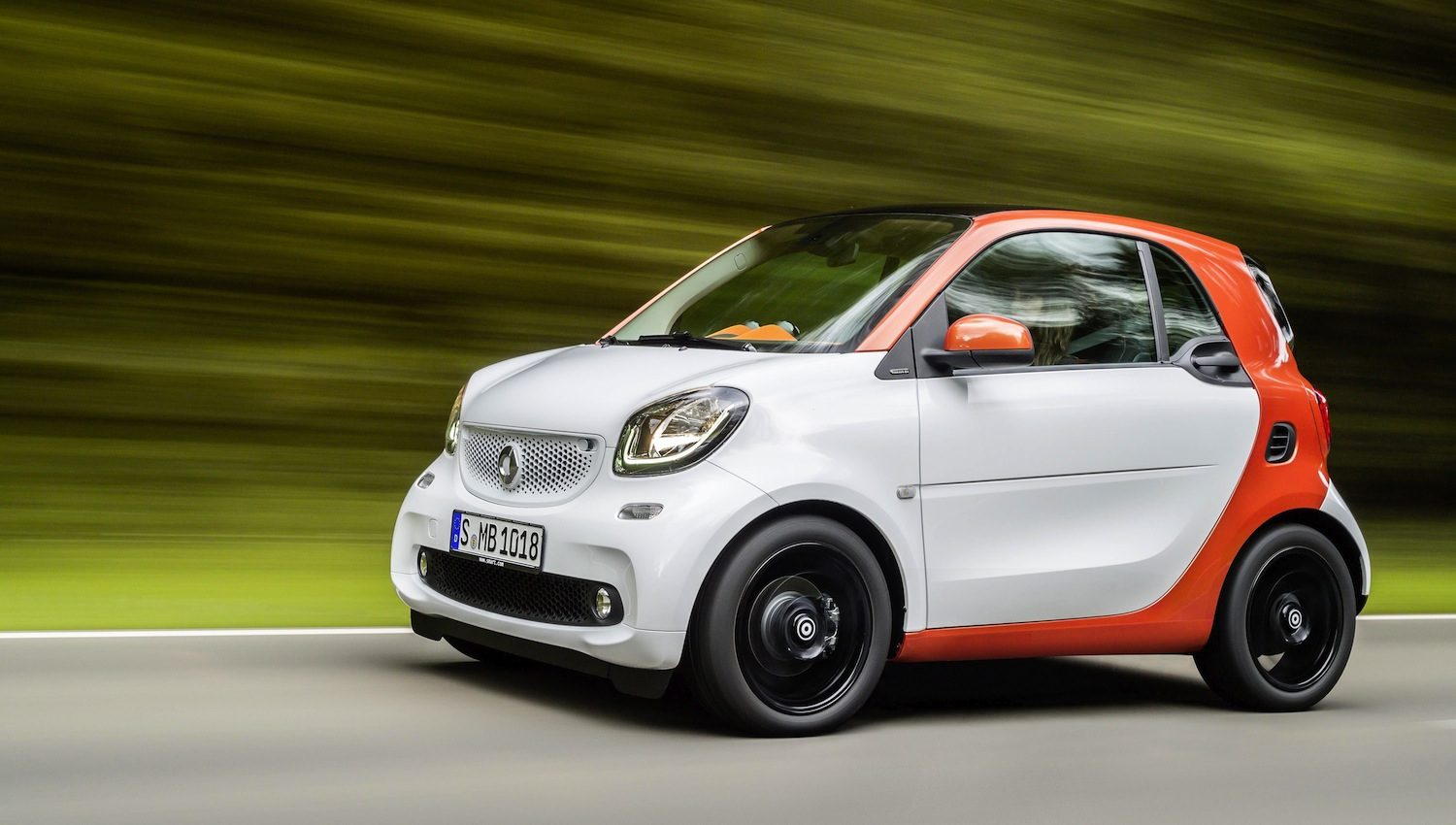
There is no personal subjective factor in this judgment, but the market rules of the new era have determined it.
The original smart fortwo was in the microcar market segment, and the positioning of such products was for small-scale city commuting. To exaggerate a bit, from the perspective of transportation tools, you can even regard these cars as four-wheeled motorcycles that can be covered and have air conditioning.
Coincidentally, this segment is the market most impacted by electrification in China. Because the range of these cars can be short, the batteries can be small, the motor power can be small, and the cost can be low. Then, with the boost of the green license plate, this is almost the best solution for single-person commuting within a small radius.
If the maximum satisfaction of user demand is considered, the cheaper these models are, the more market they will have under the premise of meeting basic needs. The Wuling Hongguang MINIEV can be said to have done this to the extreme, directly selling cars without making money, relying on earning points to recover costs. How can this game be played? It can’t be played! So it is no surprise that it is far ahead in the sales rankings.And this is where the problem lies: the smart brand is not one that emphasizes its utilitarian attributes; on the contrary, it is a brand that focuses on design, tone, and driving pleasure.
Creating a pure electric version of the smart fortwo in this style is sure to be expensive, and it will naturally detach from the mainstream audience of the microcar market. If the final price is over 100,000 RMB, it may even attract frequent questioning from certain fans: “Why not buy a brand X instead at this price?”
Fortunately, none of this has happened. Smart has wisely chosen a market that better expresses its brand characteristics in terms of the product — the compact luxury SUV market, where the Mercedes-Benz GLA, MINI COUNTRYMAN, and Audi Q2 are all veterans.
What’s even more pleasing to me is the size of the smart #1 after transitioning to SUV: 4,270 × 1,822 × 1,636 mm in length, width, and height, respectively, with a wheelbase of 2,750 mm. It’s a typical small-size big-space electric vehicle and is very similar in data to the ID.3.
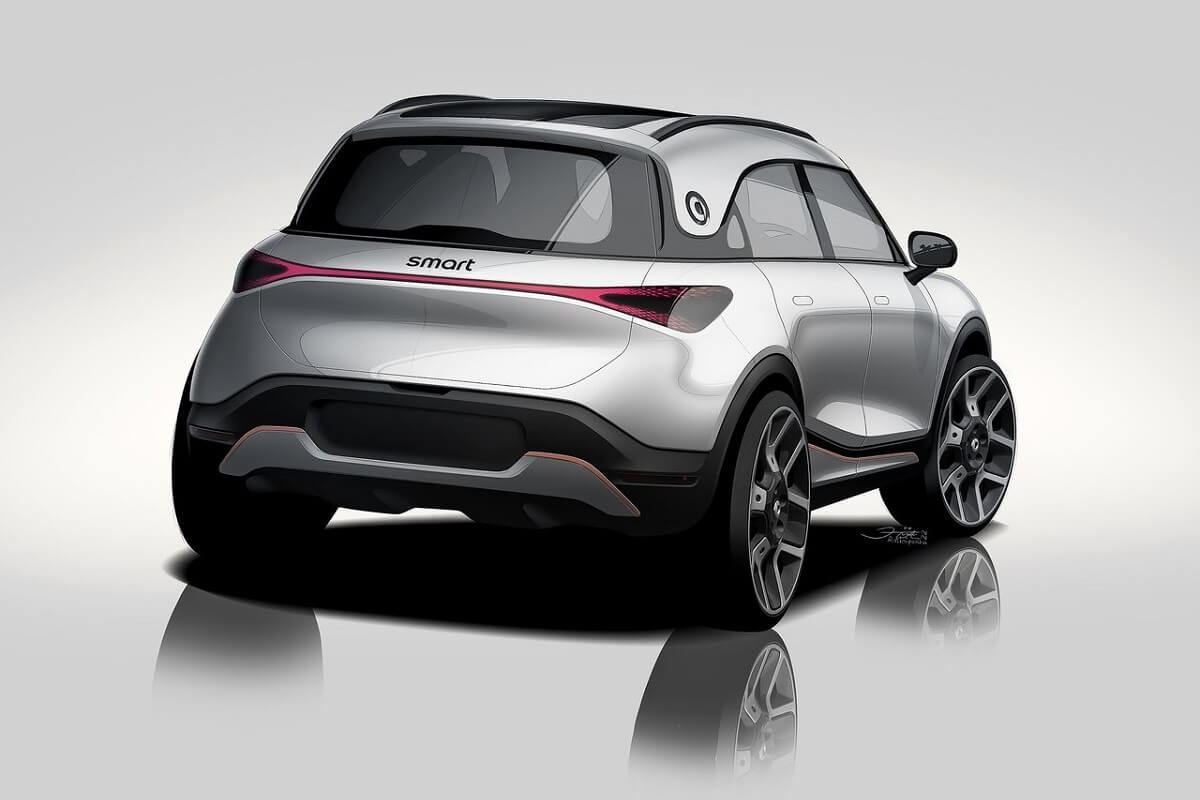
After actually experiencing it, I believe that the ID.3 has achieved a great balance between space and driving flexibility, and its rear row riding experience can even surpass that of some mid-sized SUVs. Therefore, before the test drive, I also had similar expectations for the smart #1.
Also, there were a series of aspects that had expectations for this car, such as its appearance, assembly quality control, driving control experience, and intelligence. On the day of the test drive, I fully experienced the aforementioned contents.
Redesigning the brand’s identity
I think nothing fits better than “familiar yet unfamiliar” to describe the design of the smart #1. I can hardly find any characteristic elements of smart from the fuel era on the new car. A series of elements that reflect the vehicle’s identity, such as the headlights, grille, and front face, have been redesigned and optimized for the electric vehicle’s reduced wind resistance.
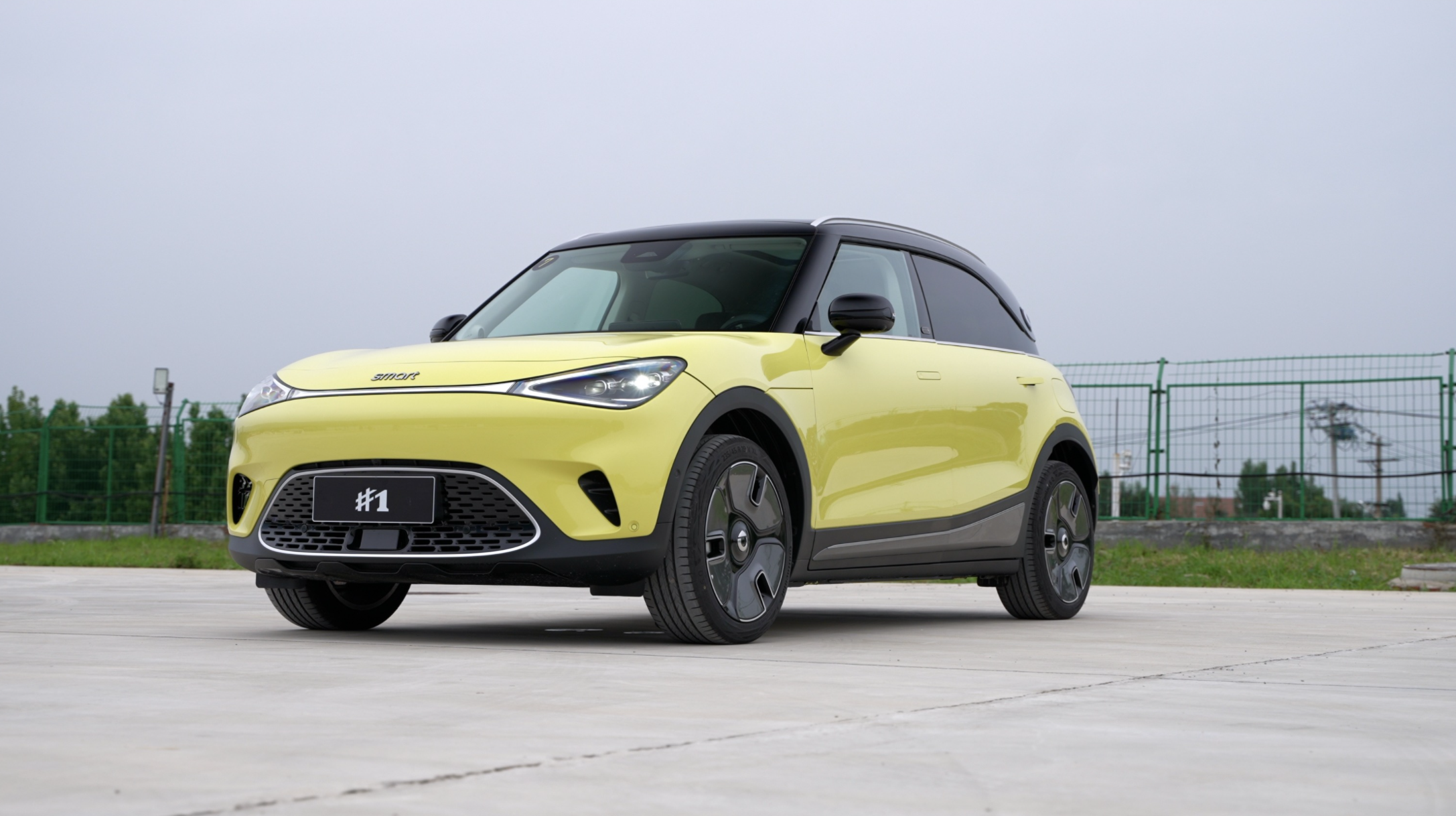
At the same time, the new car’s appearance continues the previous smart’s round and compact style. Although it may not seem the same, if you cover the logo, you wouldn’t be surprised if someone said it was from smart.
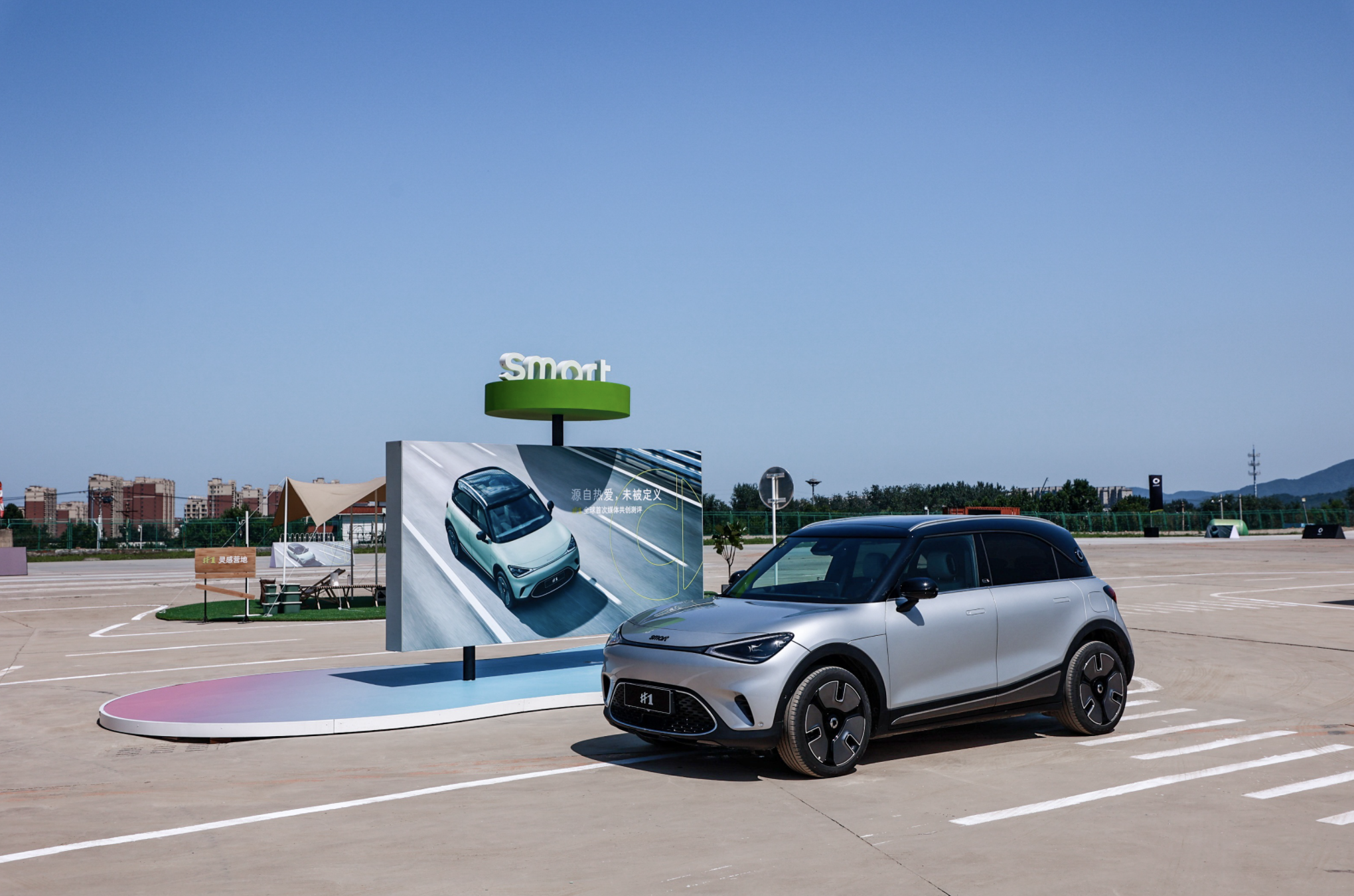 As a product that emphasizes design and personalization, smart #1 has a lot of interesting details in its appearance. The symmetrical “Y”-shaped light bar is very distinctive, and the irregular particle processing on both sides of the taillights creates a dazzling effect similar to that of jewelry when viewed from different angles, which is quite exquisite. The “Styled By Benz” signature tag is understatedly placed on the B-pillar, and only passengers can see it.
As a product that emphasizes design and personalization, smart #1 has a lot of interesting details in its appearance. The symmetrical “Y”-shaped light bar is very distinctive, and the irregular particle processing on both sides of the taillights creates a dazzling effect similar to that of jewelry when viewed from different angles, which is quite exquisite. The “Styled By Benz” signature tag is understatedly placed on the B-pillar, and only passengers can see it.
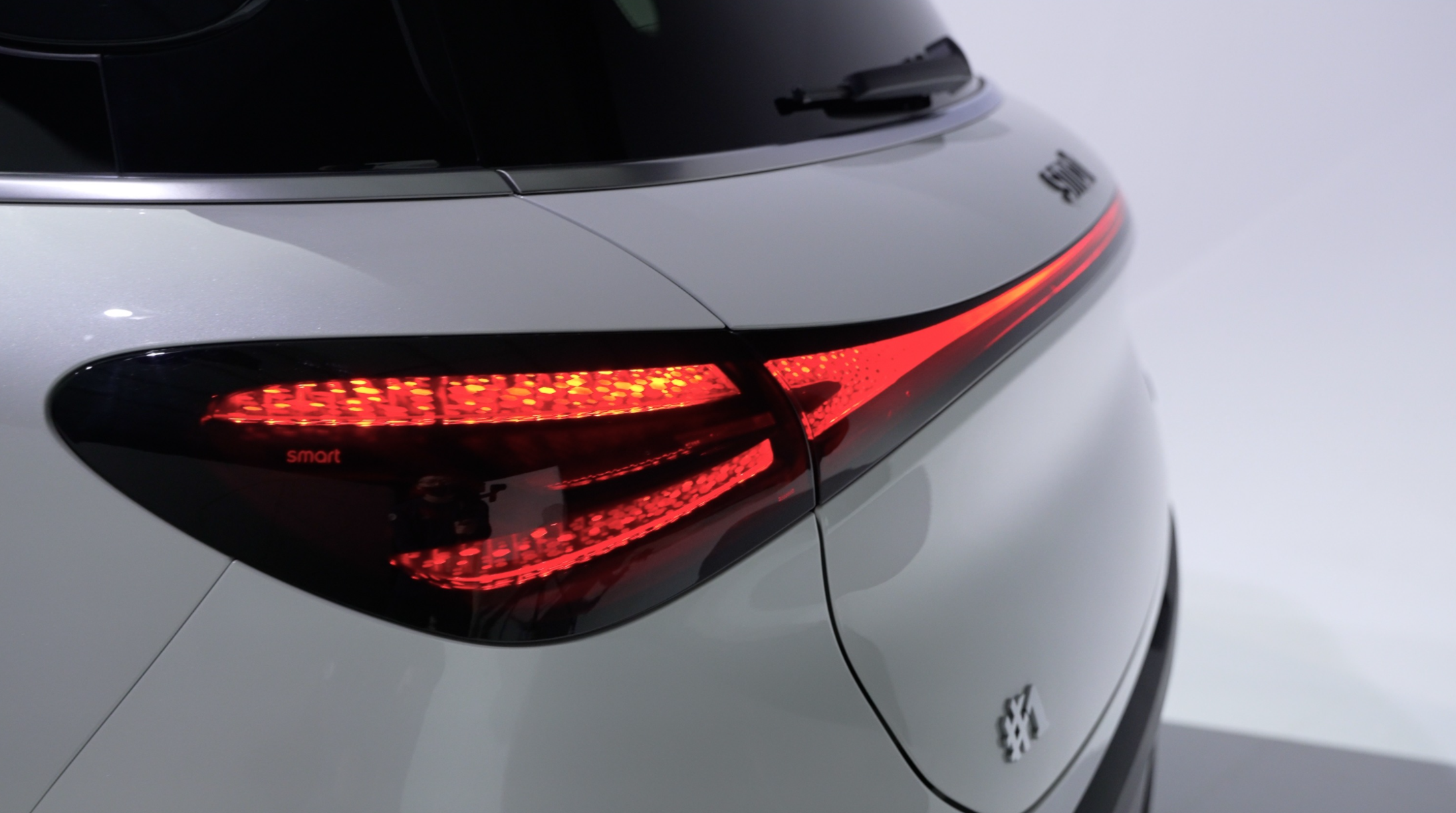
The hidden door handle also has the word “smart” on it when it pops out, which gives a pun-like feeling that matches the automatic pop-up function.
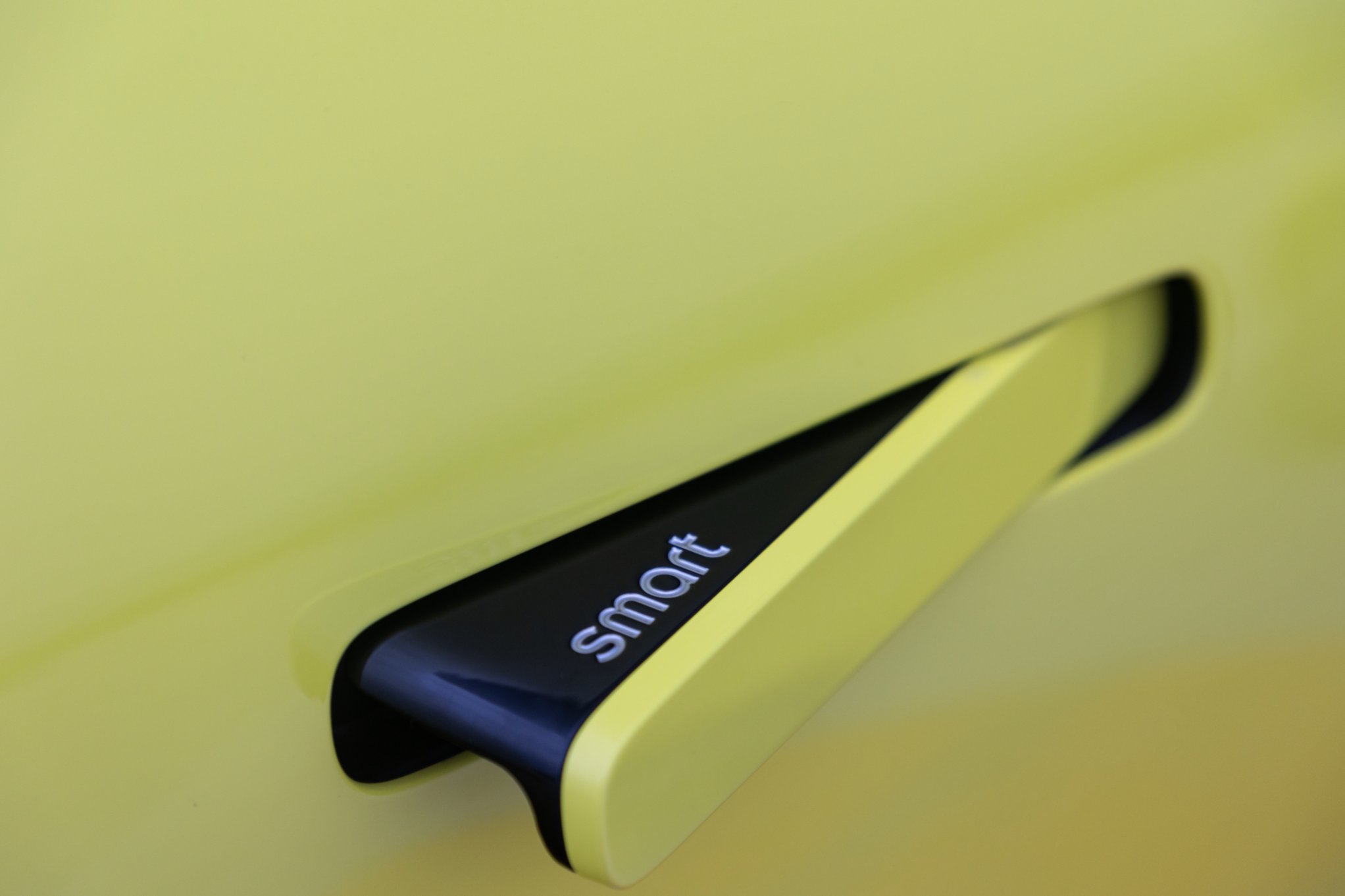
The design of placing the brand logo on the C-pillar of the new car is also very clever, and this logo is also designed to be luminous. The evenly bright white backlight is a perfect embellishment and identification after dark. It conveys a neutral, concise, and slightly young and confident temperament against the black roof.
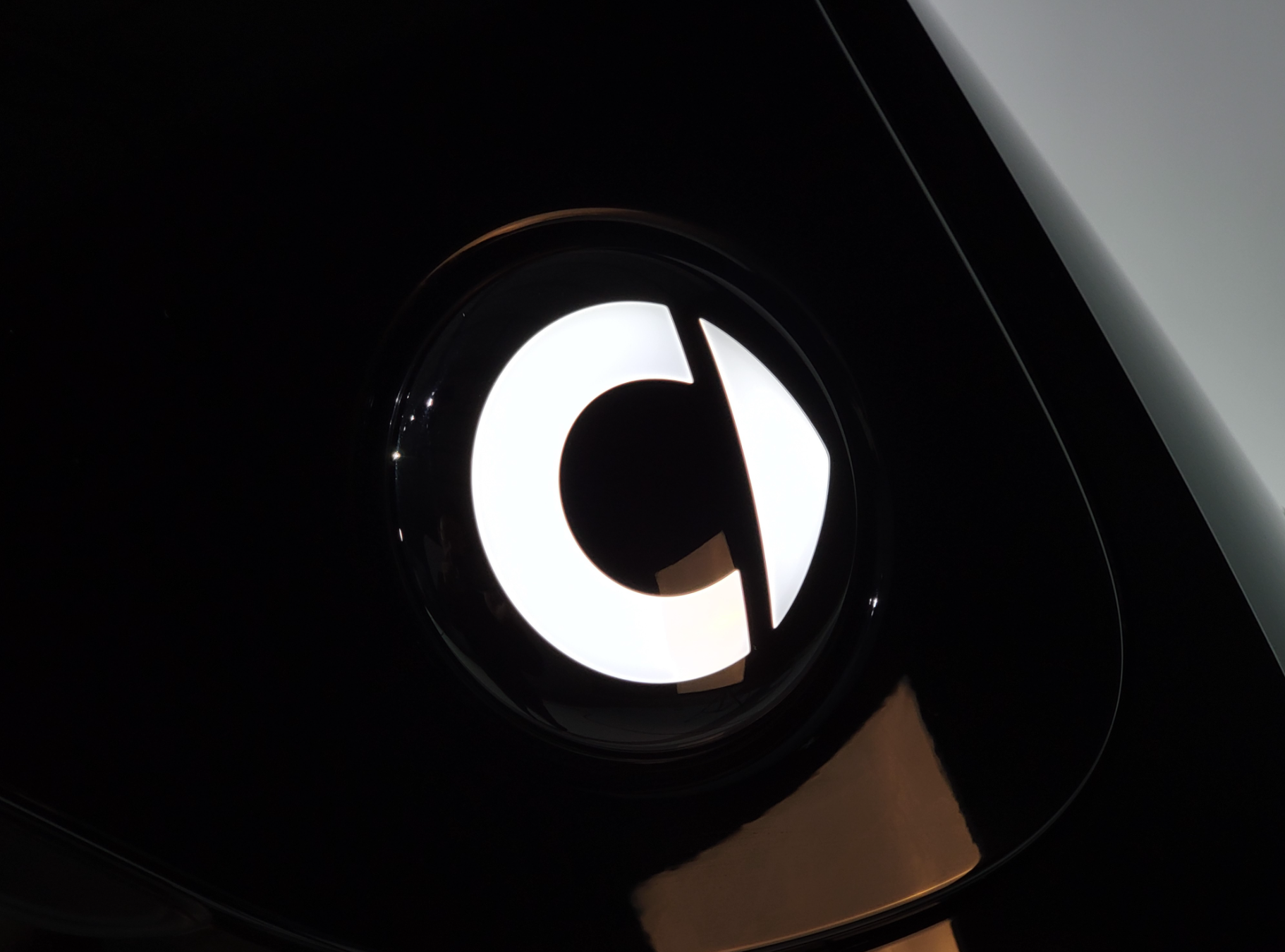
Overall, I quite like the appearance of smart #1. The proportion of the car body is well-controlled, the design has high uniformity, and the color matching and fine detailing of the car body reflect the aesthetic sense and design control of a luxury brand.
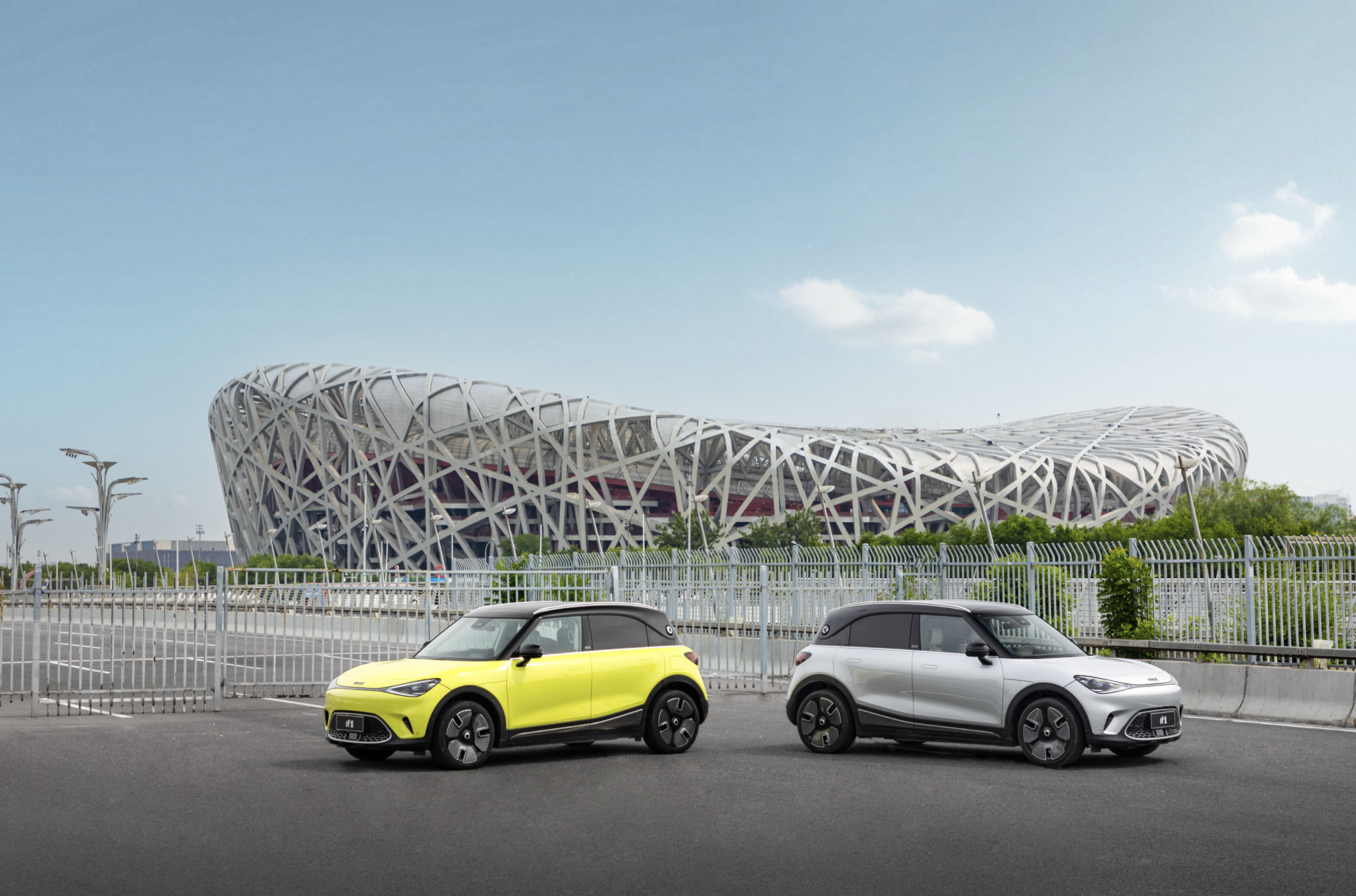
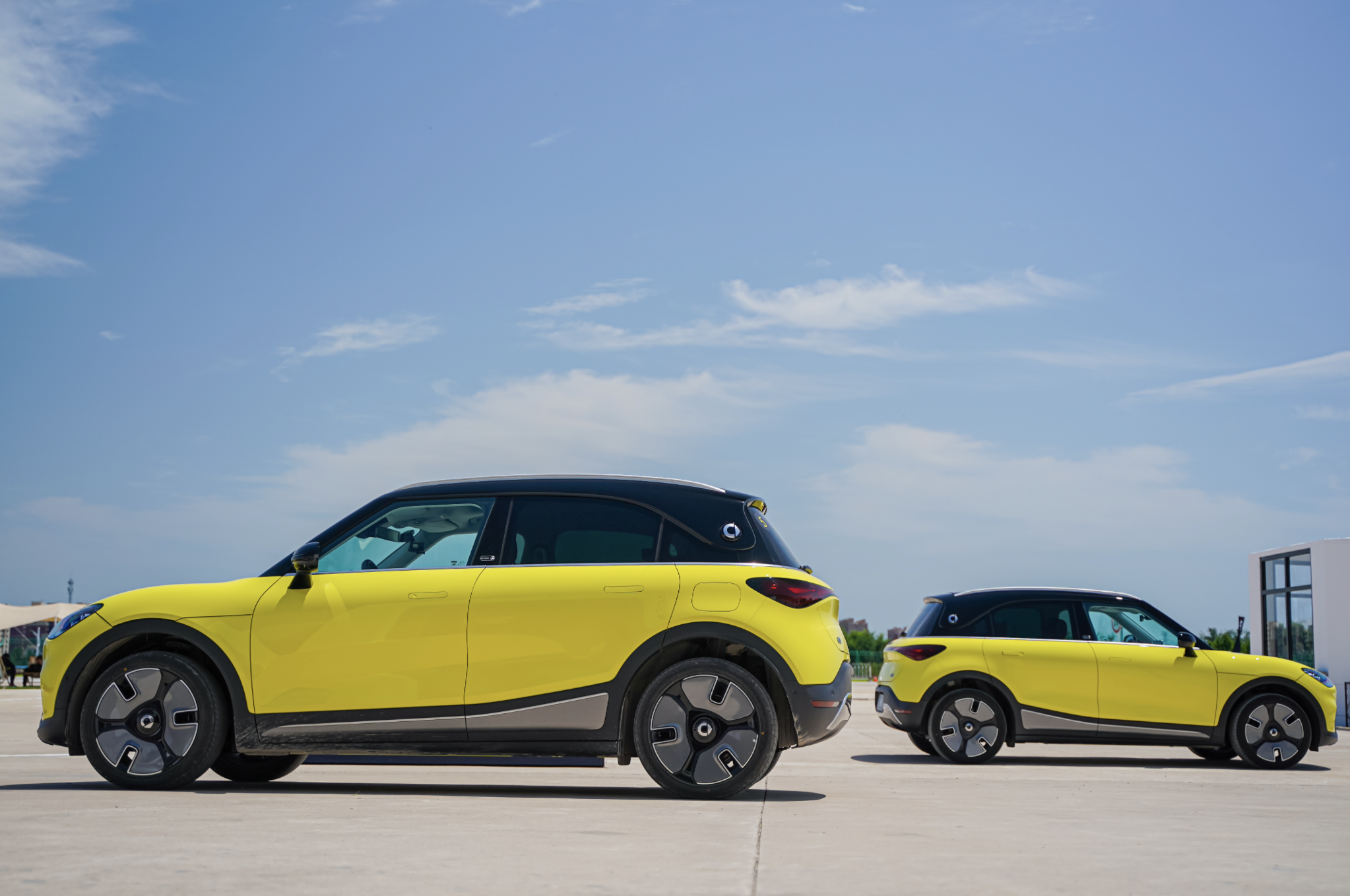
If I had to point out a few areas that I think could be improved, one would be that there is still some graininess when viewed up close on both sides of the symmetrical light bar in the front.
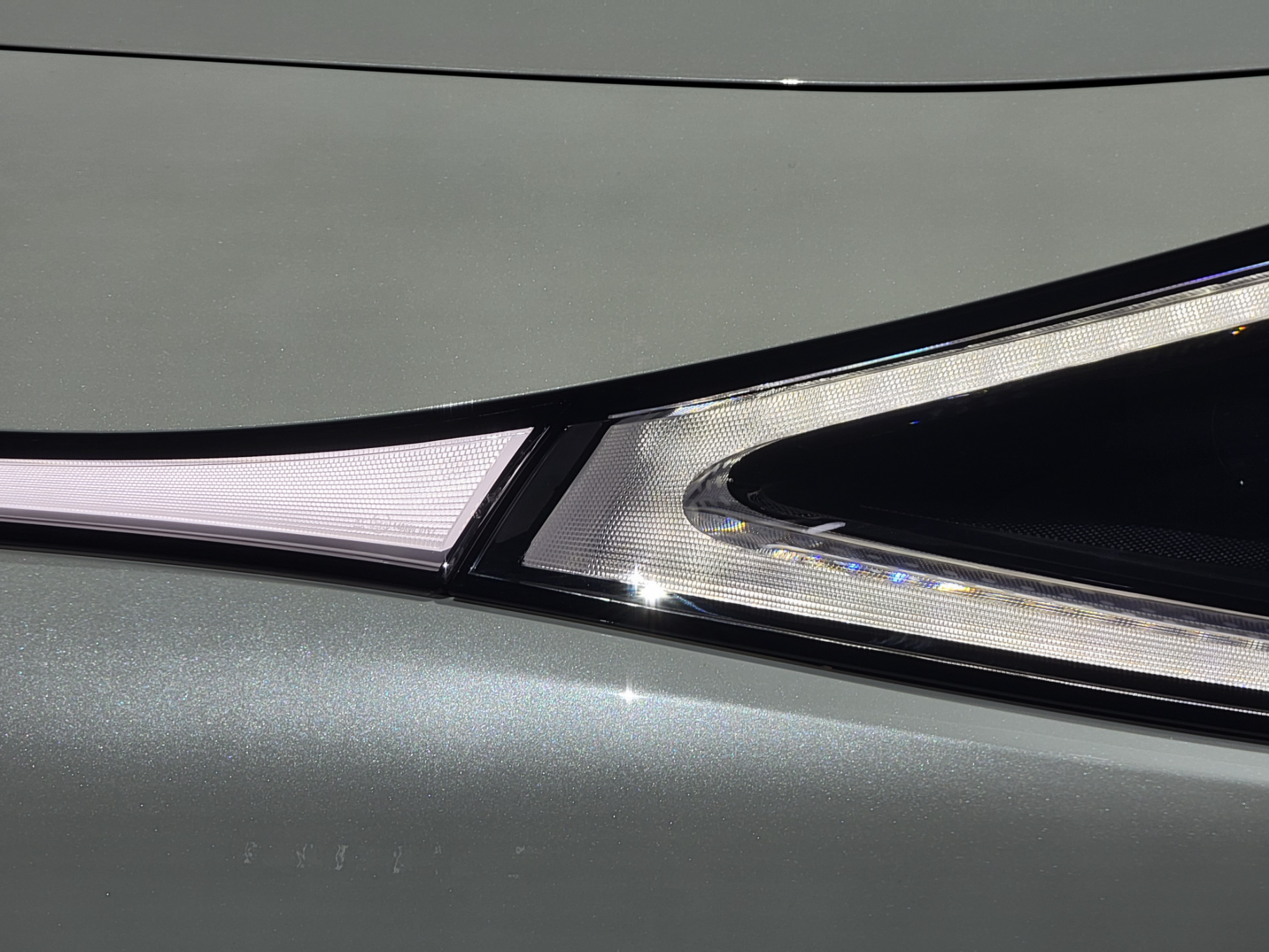
The other is that the wheels look a bit small with the use of black wheel arches. If larger wheels were used, the visual effect would be even better.
Small or big
There is no doubt that smart has gotten bigger this time, and it has gotten a lot bigger. But what I want to emphasize is that the “big” of smart #1 is very unique, which is reflected in several aspects.First of all, at first glance of the real car, it does not appear to be large visually, because its length is very short, only 4,270 mm, which is even shorter than some small SUVs. In addition, the top-of-the-line model is equipped with a 19-inch large wheel hub, which easily makes the proportion of the vehicle body small, while its wheelbase is relatively long, reaching 2,750 mm, and both the front and rear overhangs are short, giving a clear impression of “four wheels at the corners”. Therefore, the feel of smart #1 from the appearance is that of fullness with roundness and squareness, which is very compact.
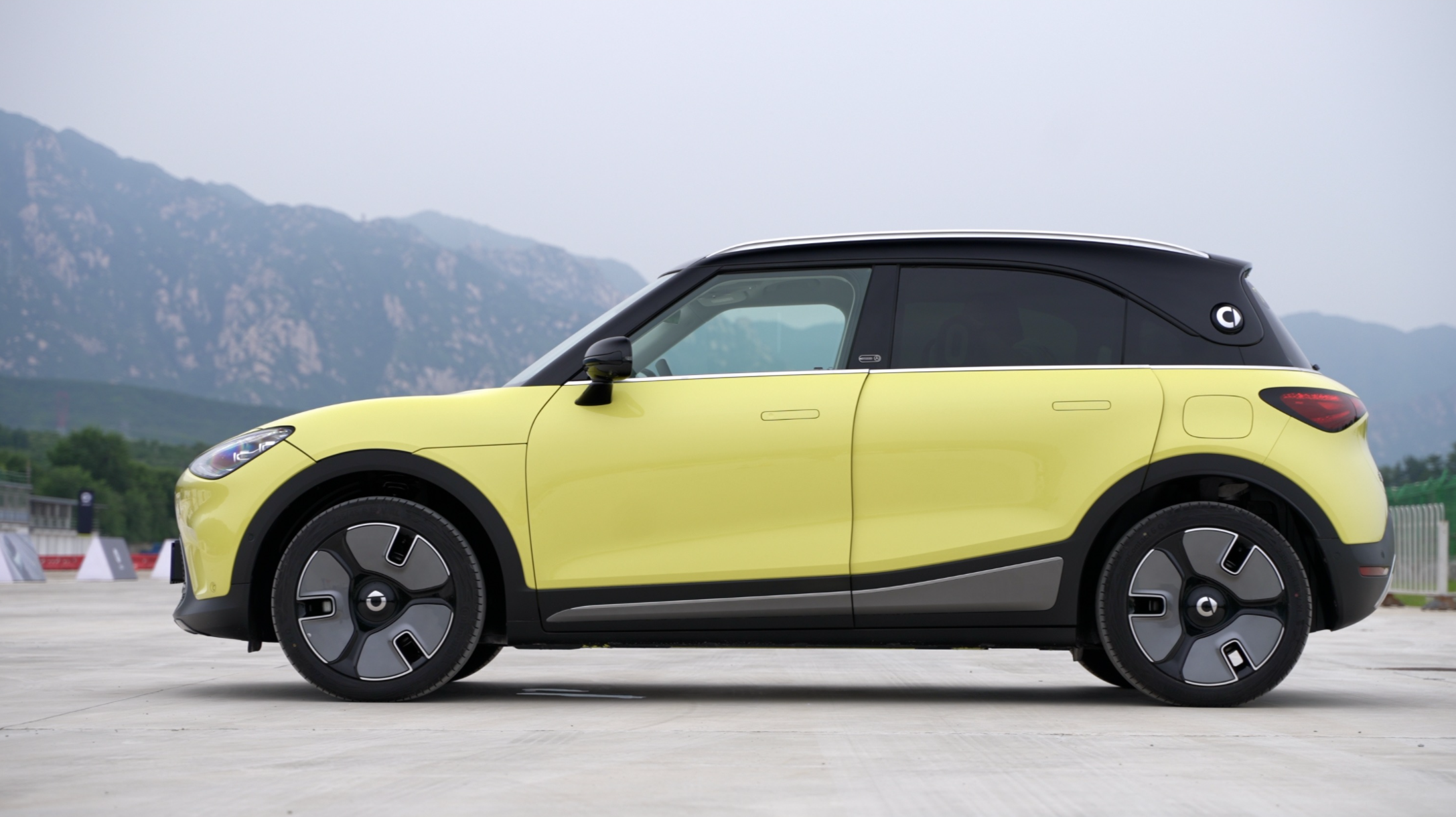
Regarding the interior, the seating space of smart #1 performs wonderfully beyond its size and can be described as surpassing expectations. Not only is the actual space abundant, but the white interior and panoramic sunroof also take care of the visual sense of spaciousness.
I can give a high score for the second-row seating experience, with the longitudinal space brought by the long wheelbase being one factor, but what I want to point out is that for electric cars, the height of the seat cushion is actually more important than the wheelbase in terms of affecting ride comfort. Even if the legroom is spacious, sitting on a “little stool” at the back is uncomfortable due to inadequate thigh support. Such situations are actually common in many pure electric vehicles. However, with the battery pack being more than ten centimeters thick, if the car body is not made higher or thicker, it is difficult to guarantee the rear passenger space.
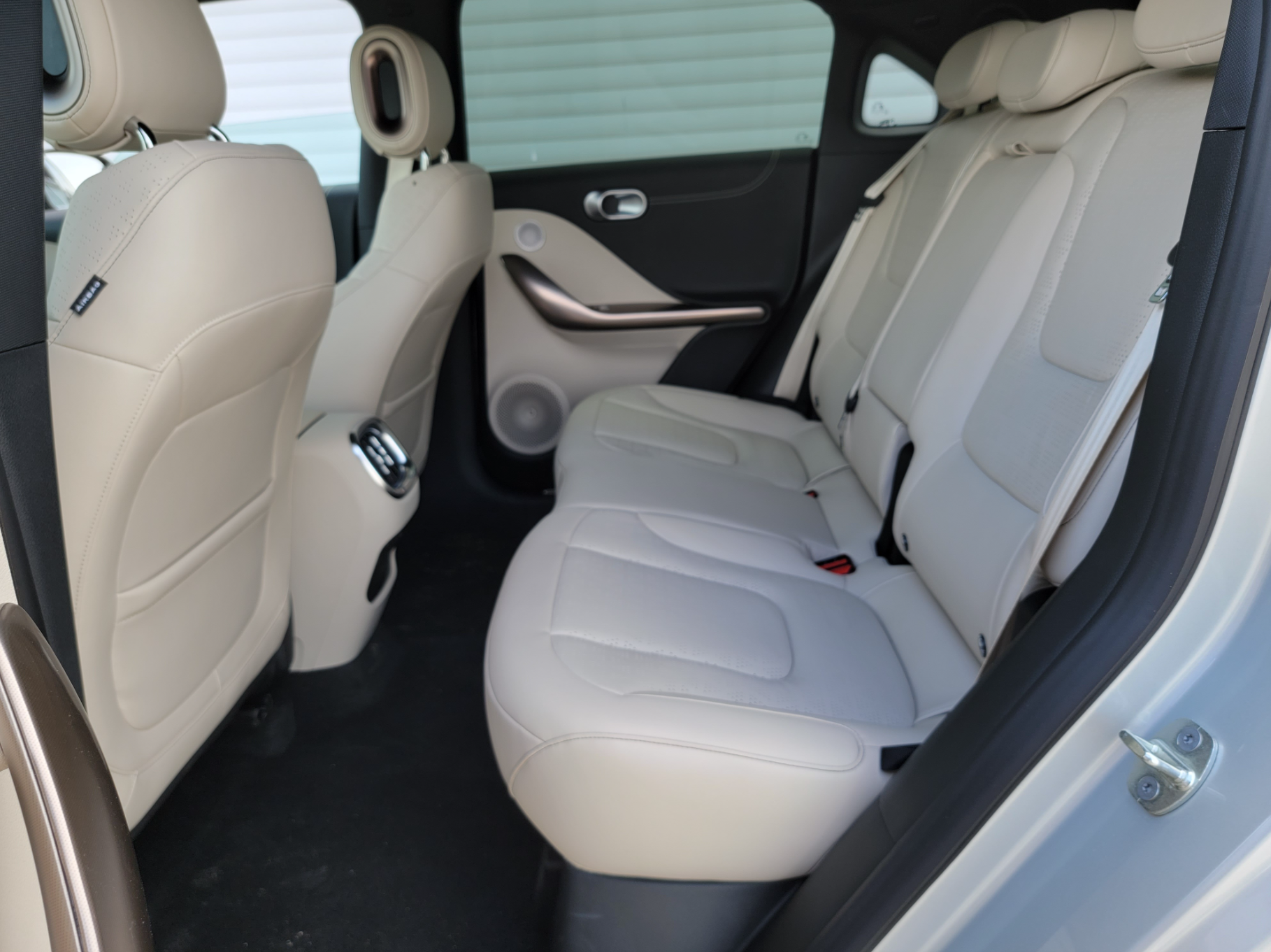
Smart #1 has made a higher car height than the Model Y, and even after putting down the battery pack, there is still plenty of vertical space left for passengers inside the car. The second-row seats have sufficient leg support, and the headroom is not tight. The actual riding comfort can exceed that of some mid-size and large-size pure electric sedans in the 200,000 to 300,000 CNY price range.
The space of a car depends on its layout and distribution, and the physical limit brought by its size cannot be surpassed. Under the combination of a short car body and long wheelbase, smart #1 allocates a large amount of space to the interior, which squeezes the space of the trunk. Compared with the outstanding performance of the interior space, the trunk volume is average.
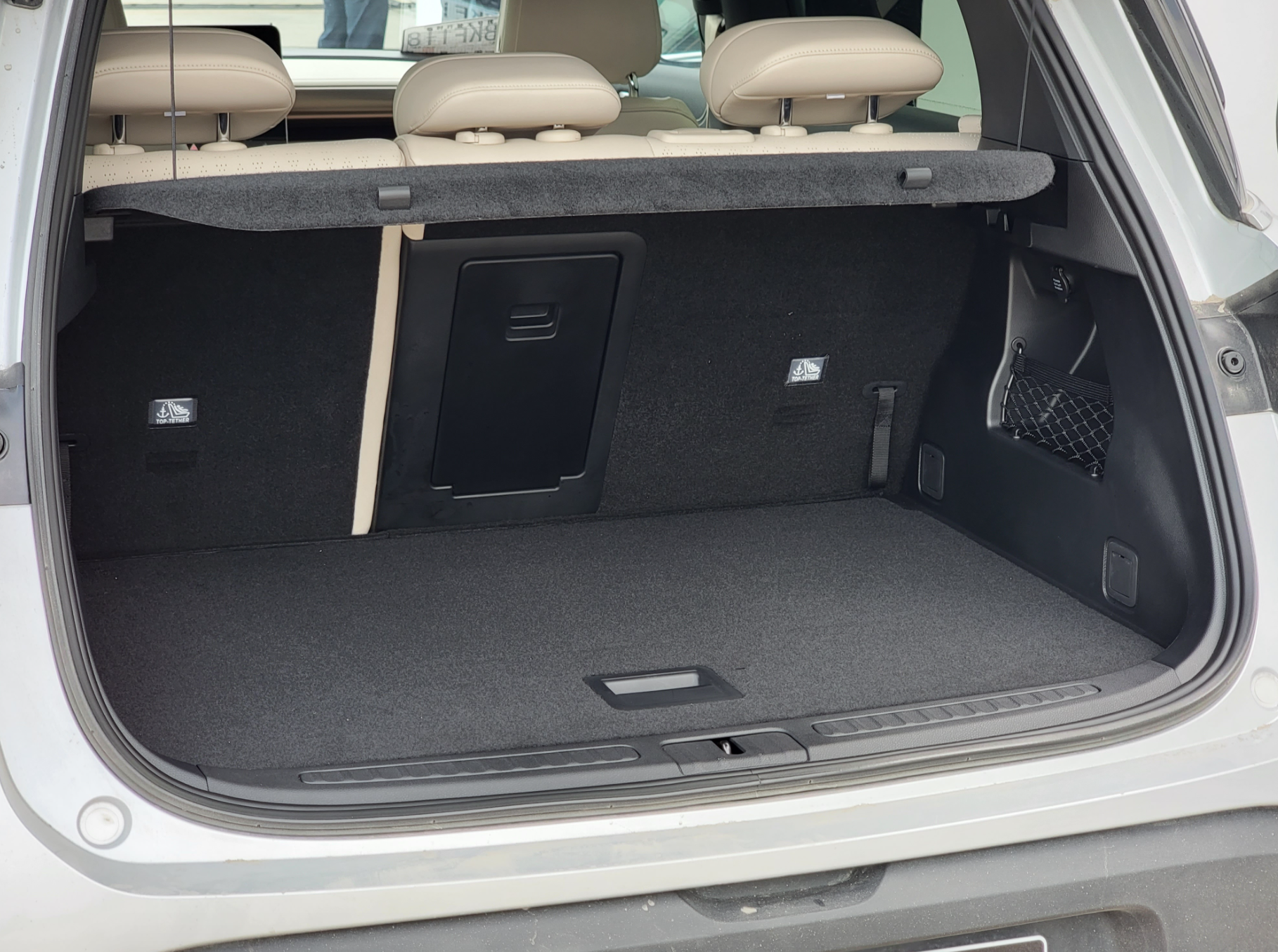
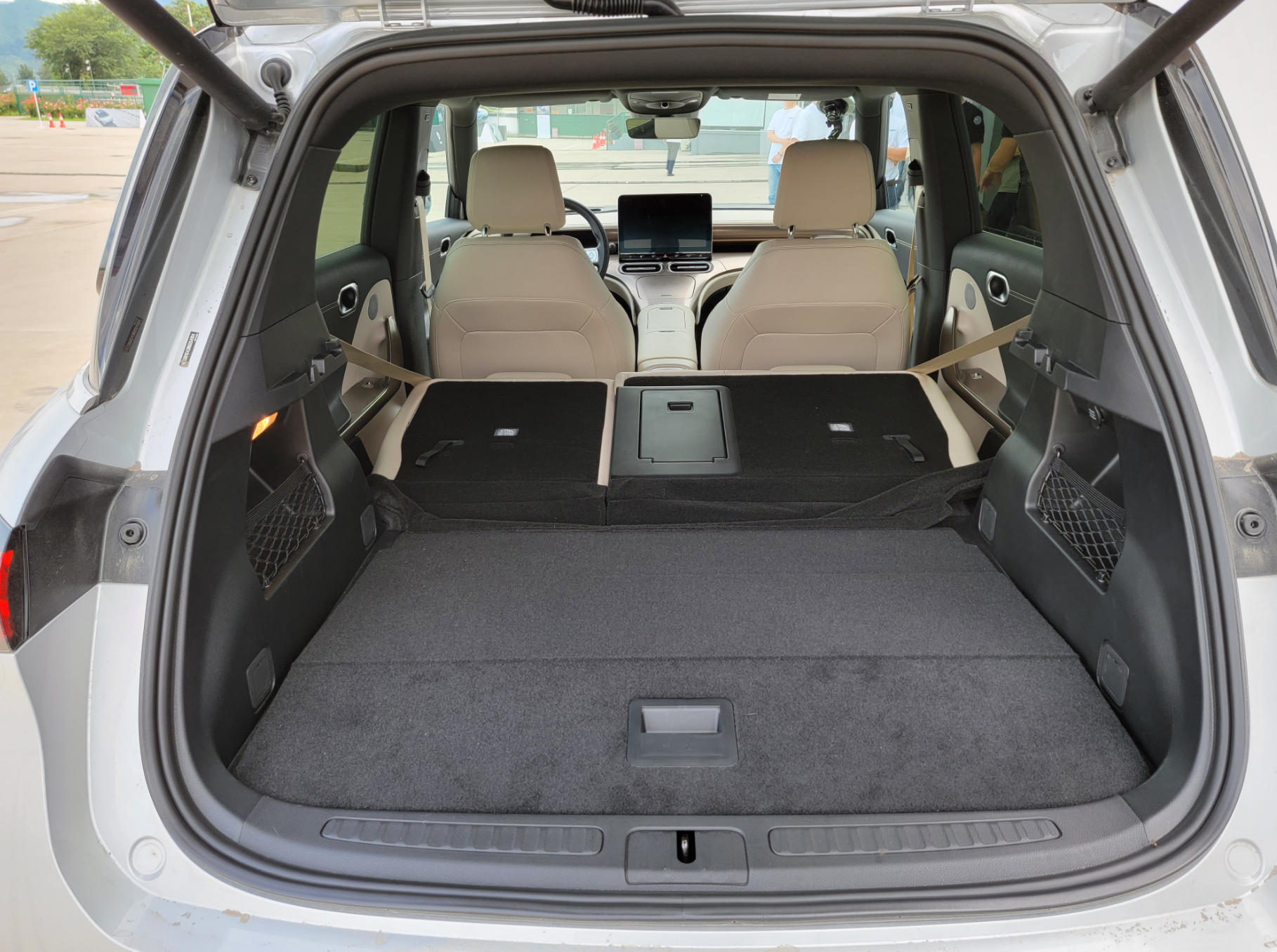
It is worth mentioning that there is a good “negative layer” storage space beneath the cover of the rear trunk of the vehicle. In addition, even after folding down the rear seats, the trunk space is still considerable.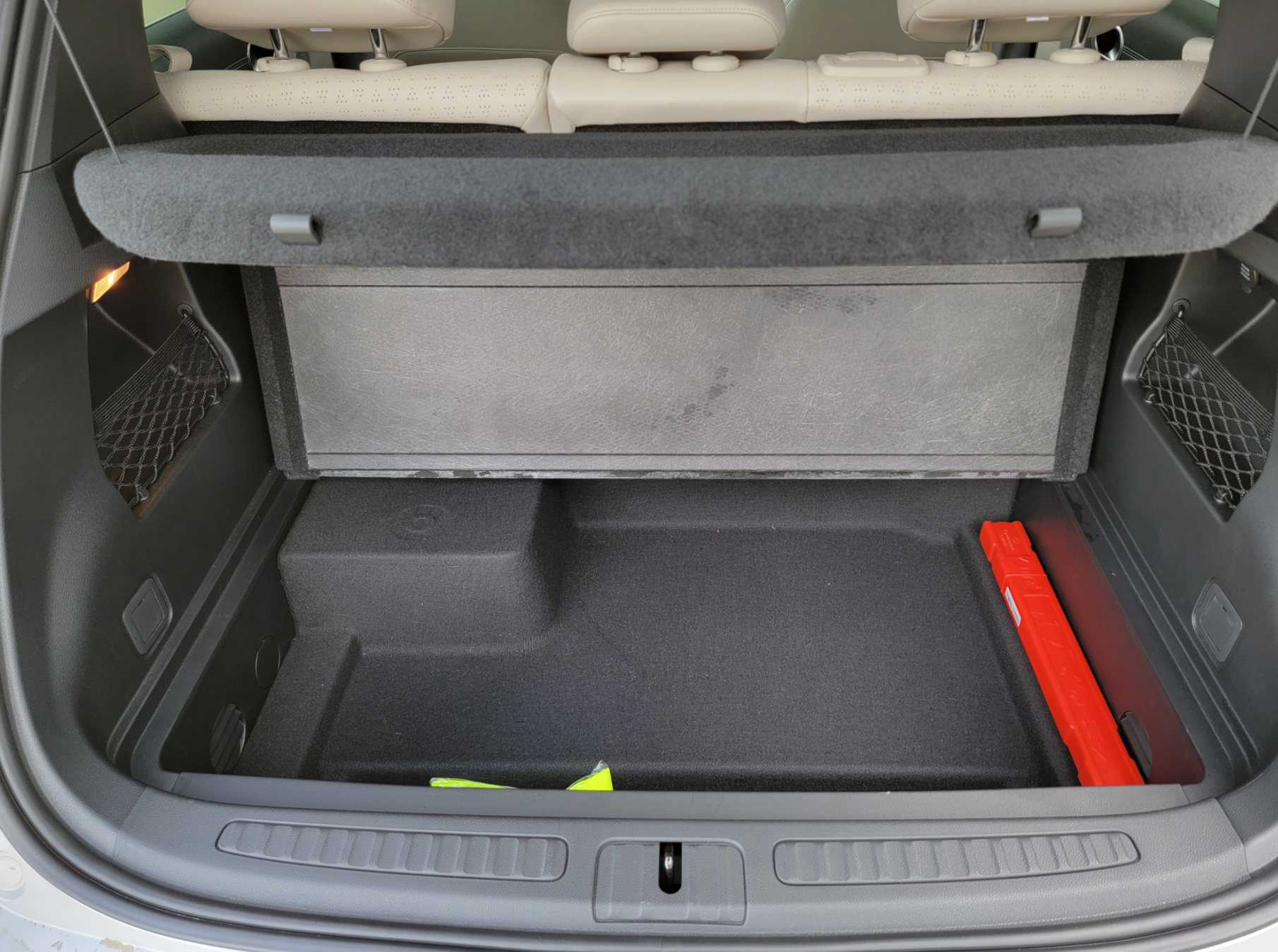
Familiar Interior
After talking about the interior space, let’s take a look at the interior of the smart #1. In fact, from the design of the steering wheel and the central armrest of the front row, I can already feel some traces of Mercedes-Benz. This feeling becomes even stronger when the ambient lights are turned on.
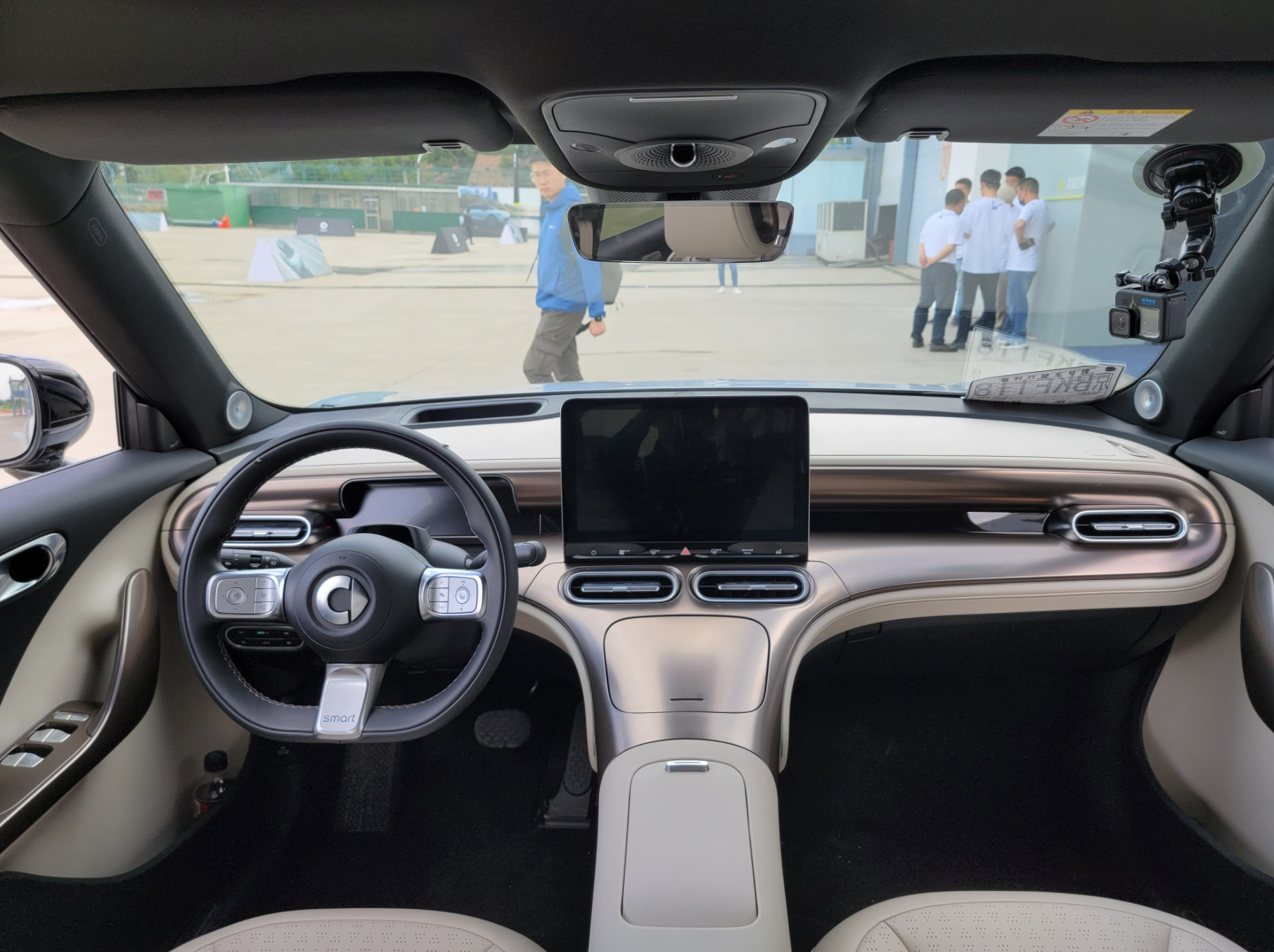
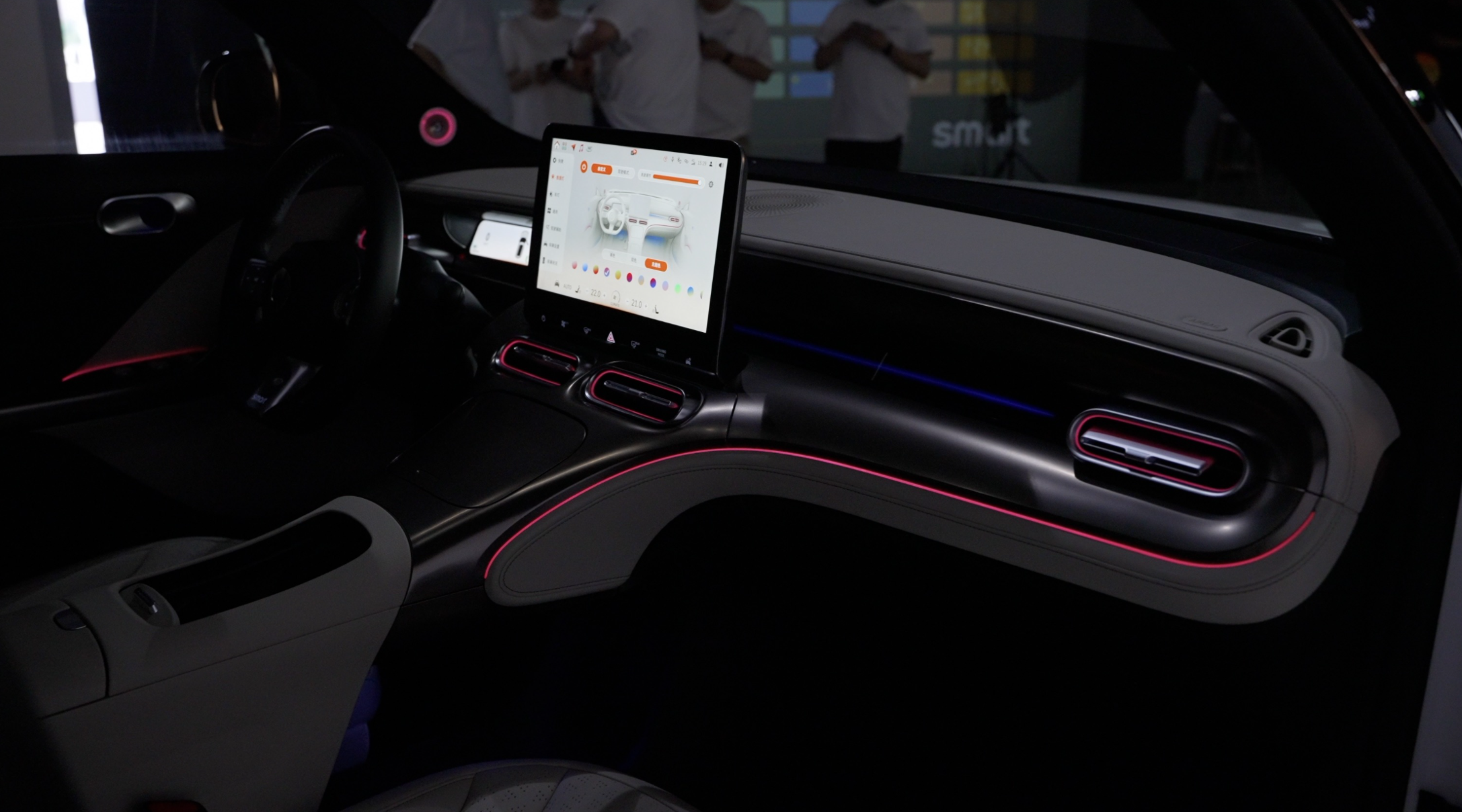
Visually, the shape of the smart #1 interior is very beautiful. The ubiquitous circular and curved designs are not only concise and uniform, but also very friendly.
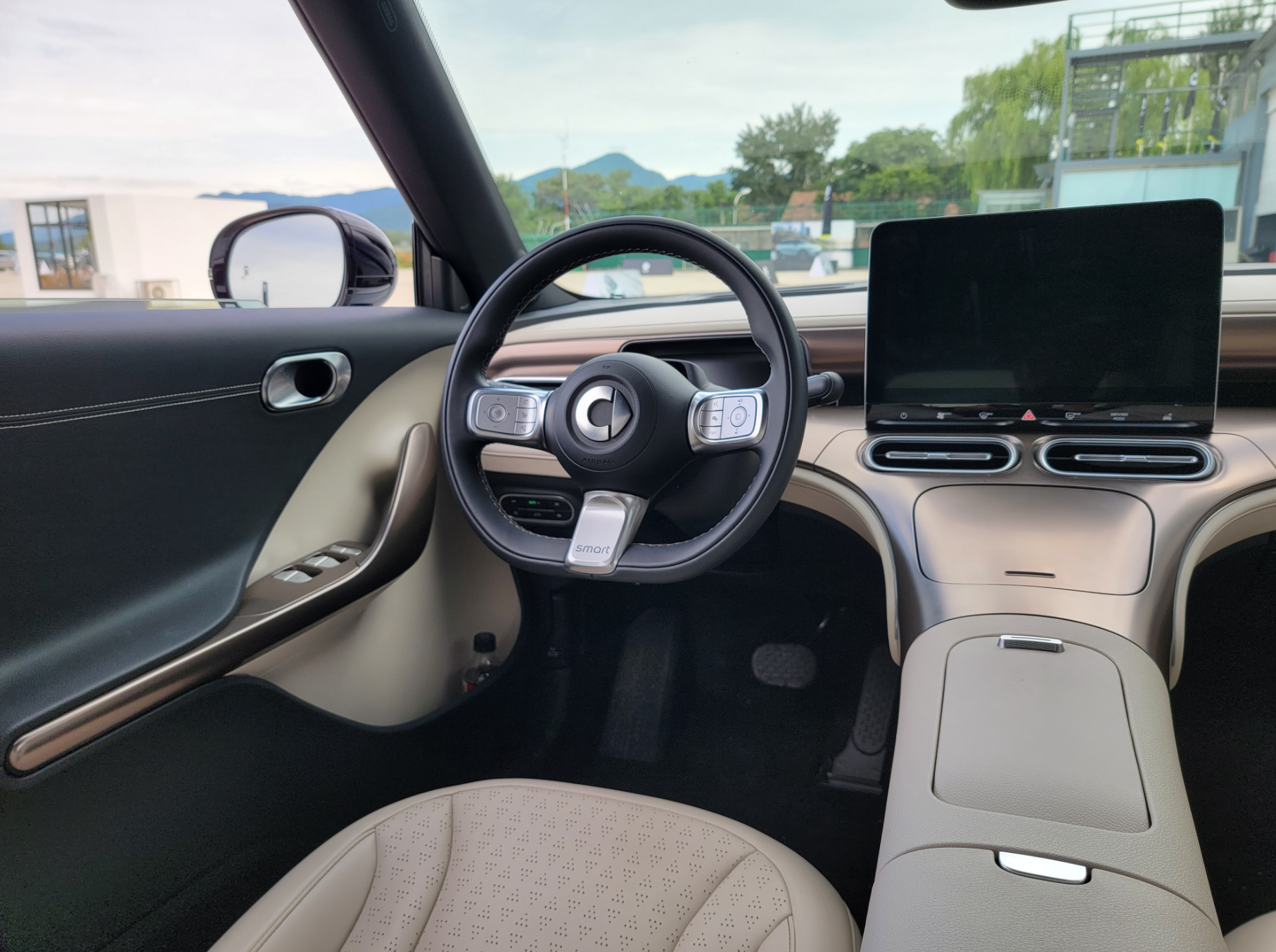
Relatively speaking, one of the worrying points about the smart #1 is that the interior uses a lot of high-gloss colors. Many friends who ordered the car before the test drive reminded us to pay attention to whether the interior of the actual car would be very plastic.
After sitting in the front row and experiencing the interior, objectively speaking, the car does indeed use a lot of plastic parts, mainly concentrated in the door panel armrests and the center console to the central armrest.
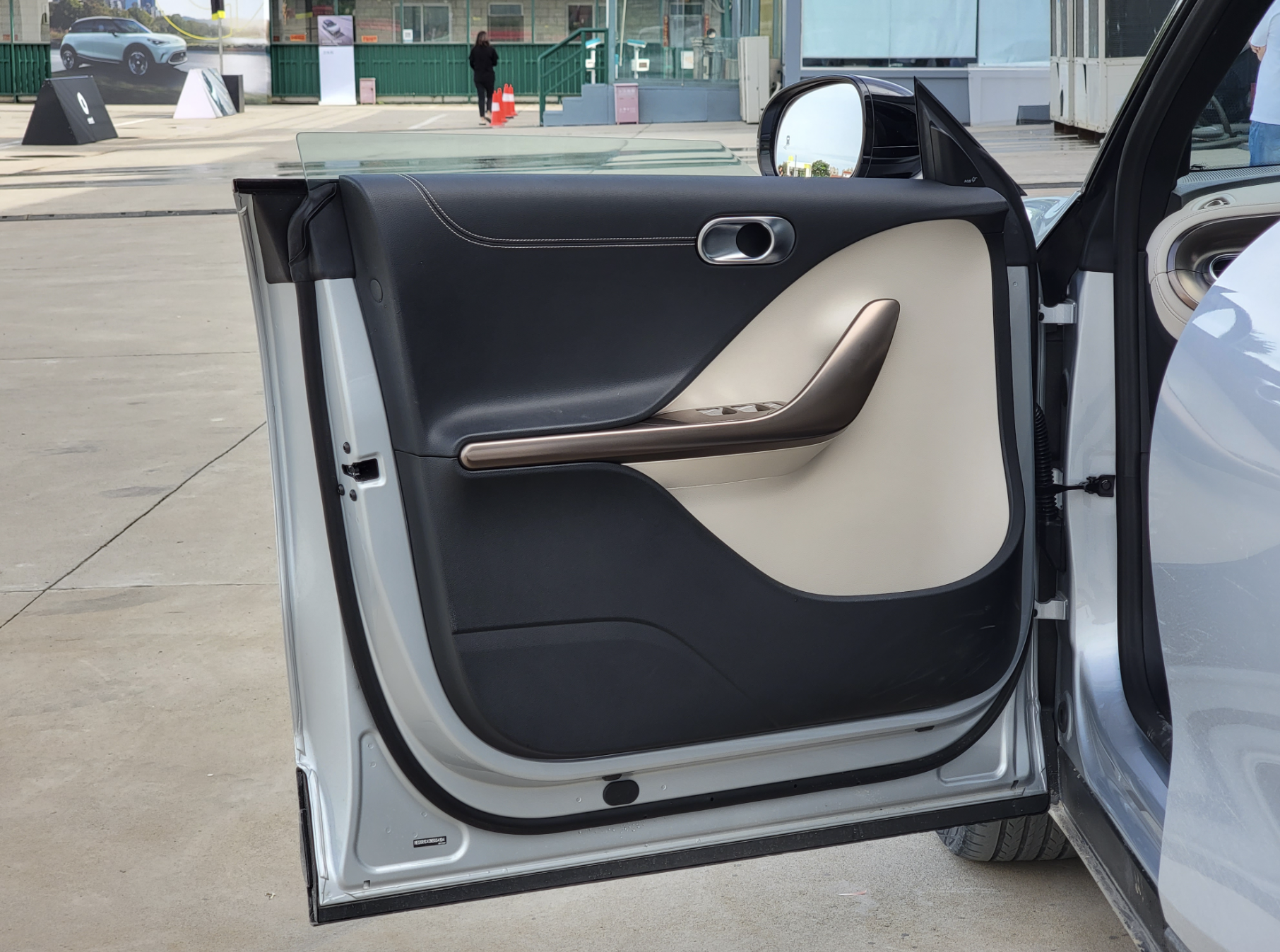
But to be honest, there are different levels of plastic parts in the car, and the smart #1 car does not have an obvious plastic smell even under the sun. Some car interiors make creaking noises when pressed, but this is not the case with this car. The particle gold color interior that I experienced also has a layer of coating on the surface of the plastic parts. It does not feel sticky to the touch and is not as prone to oil stains as mirror-like plastic.
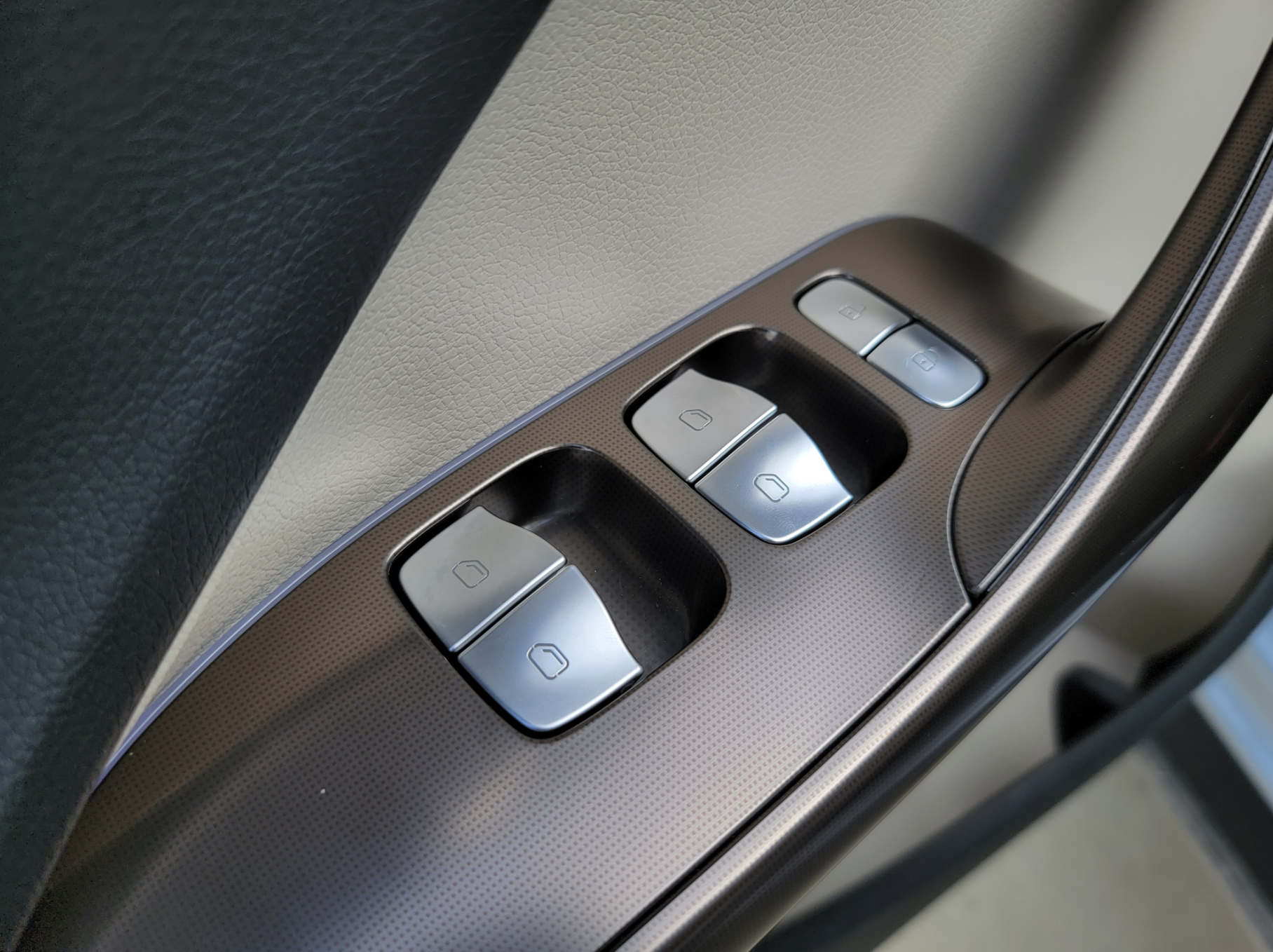
In the parts of the smart #1 where occupants will make physical contact with the vehicle, it basically uses soft or leather materials.
One detail that surprised me is that smart #1 has made a large area of soft wrapping under the area on both sides of the central armrest, as I, a high-height driver, often rest my knee here while driving. In many cars, this area is made of hard plastic, but smart #1 not only uses a soft cover, but also a curved design to increase the contact area and relieve pressure.“`markdown
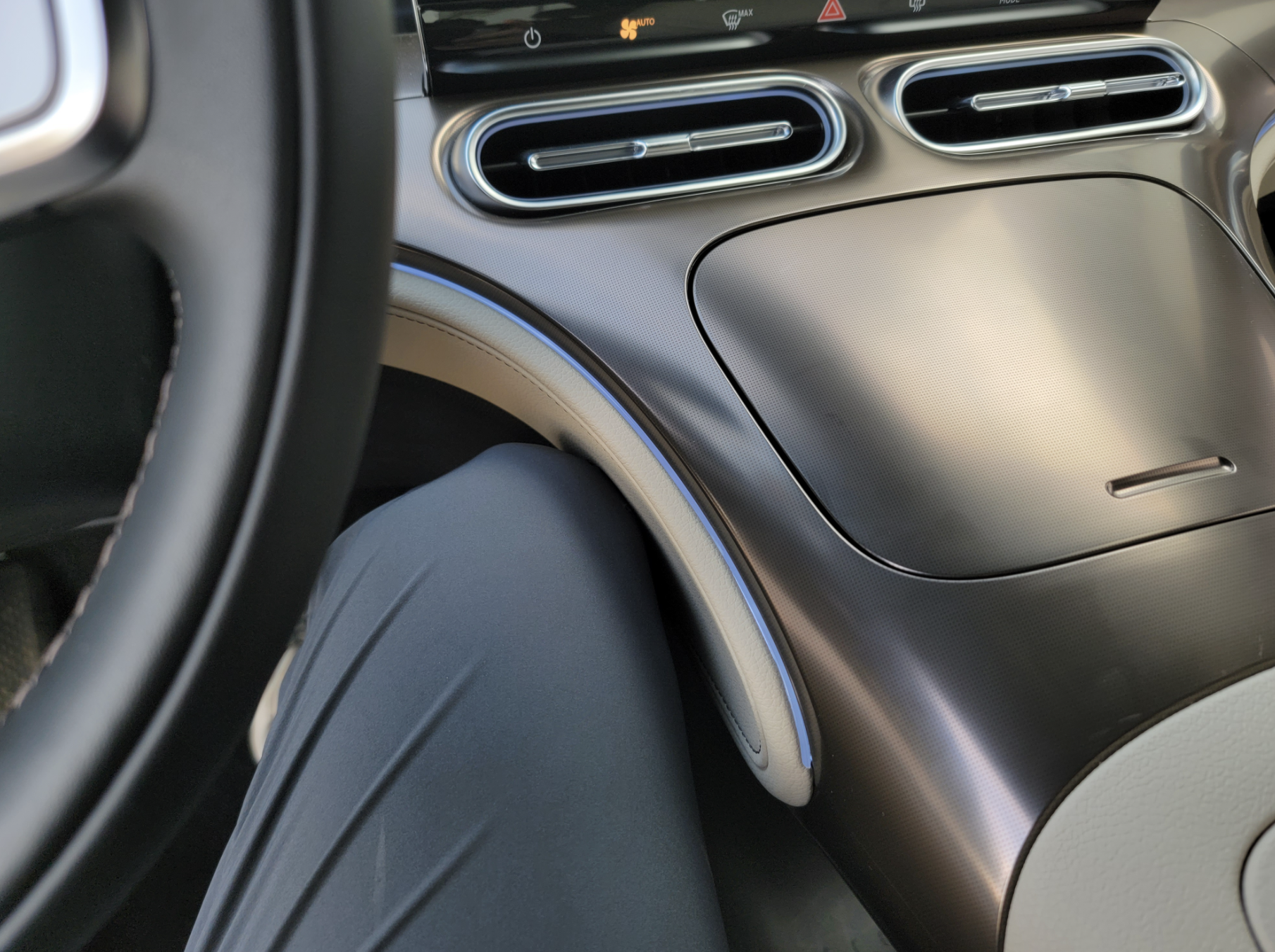
Another small detail is that there is an air outlet for the air conditioning in the central armrest box of the vehicle, which can relieve the heat generated when the mobile phone is wirelessly charged in summer. If such actions are done for a long enough time, even the drinks placed inside can be cooled.
Lastly, let’s talk about the seats. The smart #1’s seats are well-designed in terms of styling, ergonomics, leather feel, and filling, and are both good-looking and comfortable. The adjustable range of the headrest height is large, which has good adaptability for passengers of different heights and is a relatively high-end part of the entire interior.
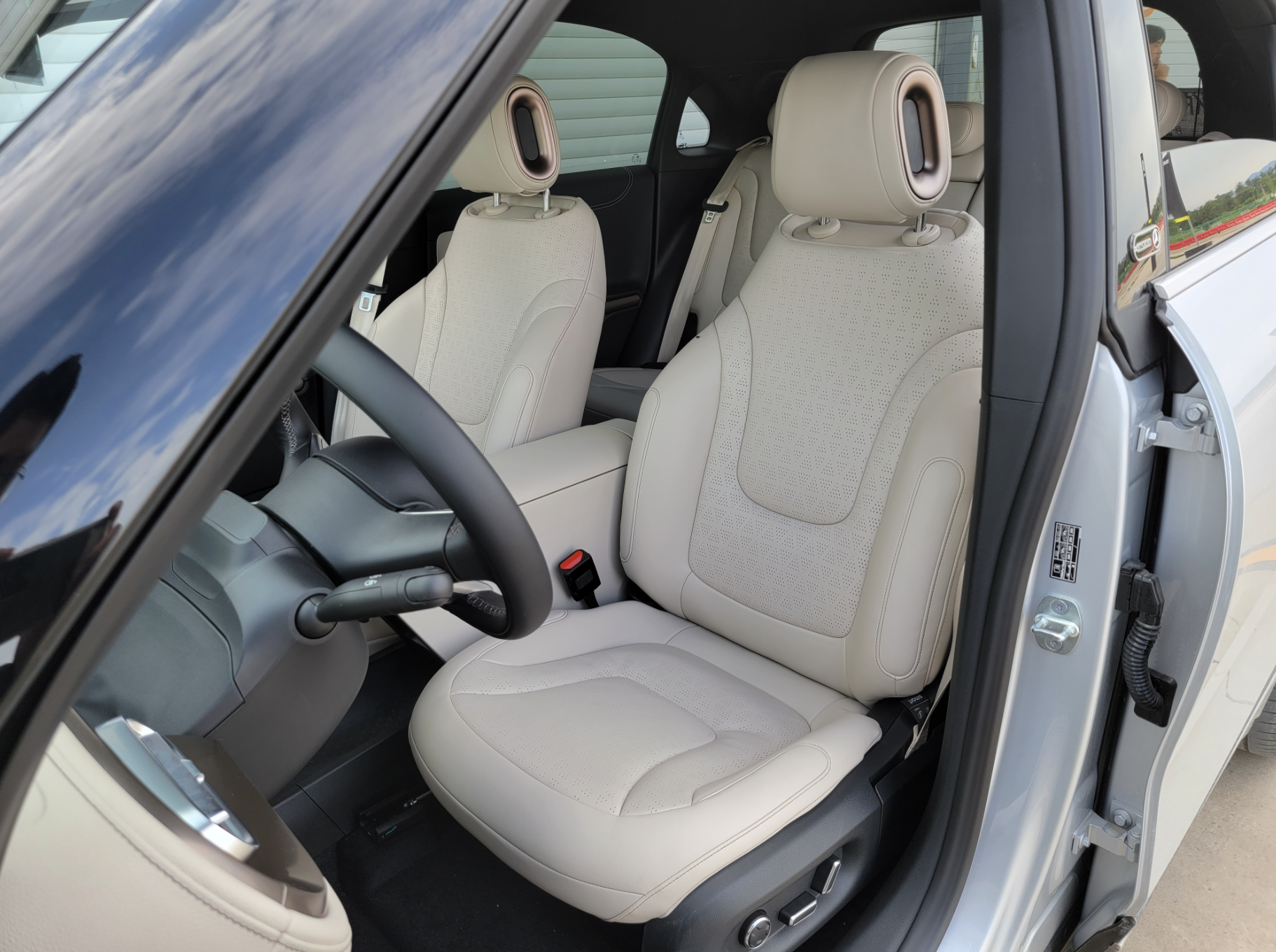
After talking about the interior, the next part that impresses me most about this car is the driving experience.
A Wonderful Compromise
Before I drove the smart #1, the benchmark for A-class pure electric vehicle’s driving experience in my mind was the ID.3. The high-level chassis performance and steering feel of that car are still fresh in my memory.
However, a 50-kilometer mountain road test drive and a 10-minute Jin-Kana [test track] drive completely changed my mind about smart #1.
In terms of suspension, smart #1 and ID.3 are both front MacPherson + rear multi-link structure. Referring to driving feeling alone, I think both cars are on a par and can give very crisp shock absorption. The feeling of driving over the manhole cover is very clean with negligible aftershocks, and the horizontal sway of the vehicle is also well-restrained.
The first scene that surprised me is the first U-turn after the car drove out of the test drive site. I can clearly feel that the steering damping is extremely smooth, and there is some feedback feeling in the return torque even in comfort mode, which had me highly anticipating the rest of the test drive.
When I adjusted the steering mode to sport mode, the steering damping jumped to another level. As I turned the steering wheel, with the strong feedback of the steering torque, the change in the vehicle’s turning angle is magnified in the senses, and as a driver, I unconsciously focused on the dynamic information received by my hands.
The excellent suspension support of this car takes this feeling to the next level. This feeling is very much like a German sports sedan. The short body, coupled with the “mid-rear” layout, gives the vehicle inherent advantages in dynamic performance. The front axle of the vehicle can execute the driver’s steering commands very quickly, and the generation of steering actions and the change of the vehicle’s trajectory occur almost simultaneously. There is no problem in describing smart #1’s steering response in sports mode as “razor sharp.” Furthermore, despite being an SUV, the low center of gravity brought by the battery pack reduces its roll angle much more than expected, making it easy to forget its identity as an SUV in bendy roads.
“`If we compare smart #1 to an athlete, what was just talked about were its coordination and rhythm, while the key to making its driving pleasure surpass that of models in the same class is “power” — the 200 kW permanent-magnet synchronous motor on the rear axle.
In sport mode, when you step on the accelerator, smart #1 will unhesitatingly sprint at full power, with almost no lift of the body, but the quickly increasing speed on the dashboard and the pushing sensation from the seat will not deceive you. On the winding mountain road where we were driving in formation, I was pressing on the entire way, not only pressing on the speed, but also pressing on my desire for spirited driving. In fact, I deliberately kept some distance from the car in front of me, but as soon as I stepped on the accelerator on a straight stretch of road, I very quickly caught up with it. Although this car is not loud and cannot express its mood through the roar of the engine, the restlessness buried in its soul by the “power” of 200 kW is already “more eloquent than words”.
So when we went to the track at Jingkana, and heard the constantly ringing sound of tires, I knew there was a chance for both of us to let off some steam.
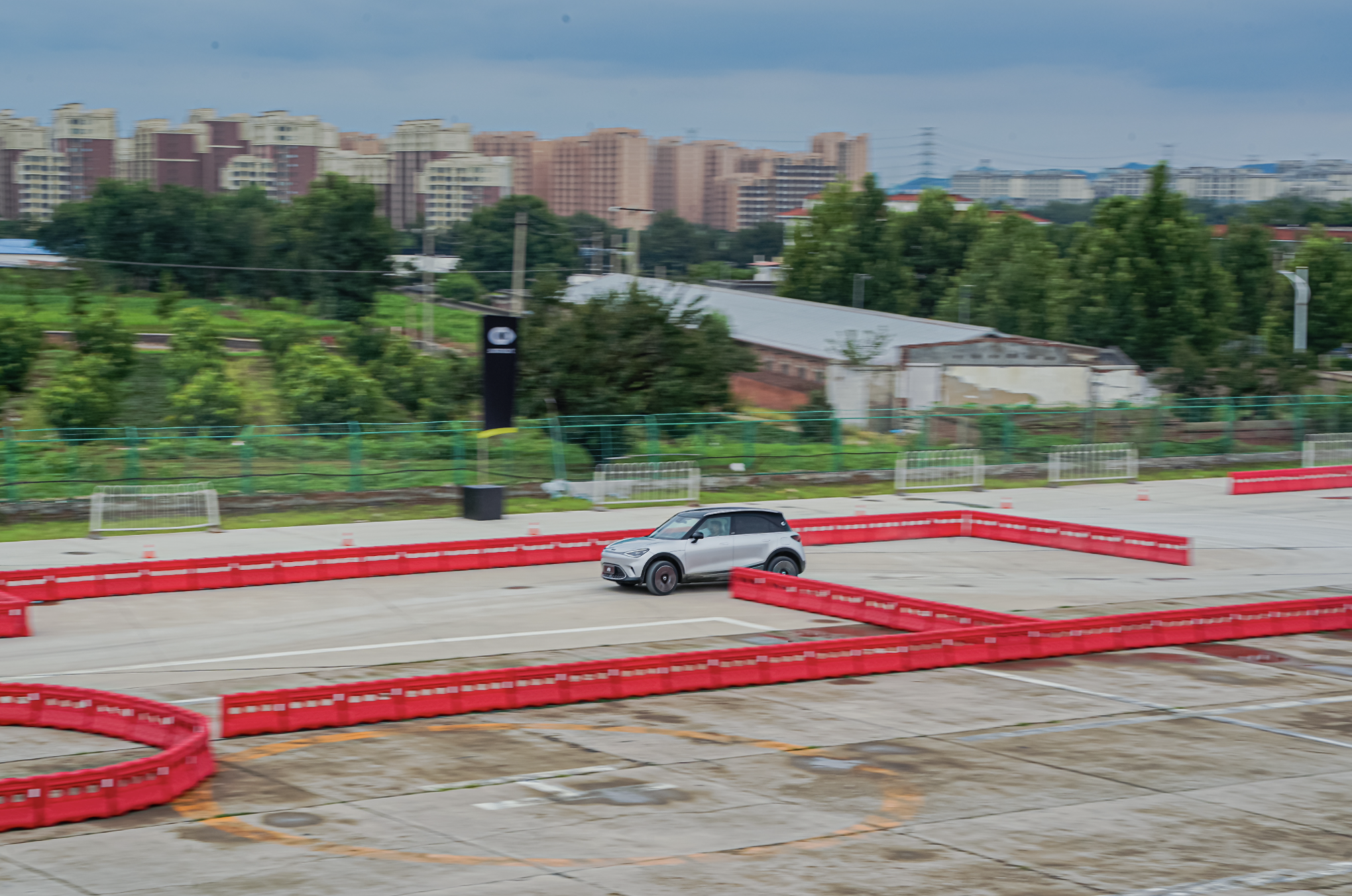
As it turned out, it was wilder than I was. The coach demonstrated that with the ESP turned off, whenever he just stepped on the accelerator after a turn, the rear of smart #1 could easily break through the limit of traction. As a rear-wheel-drive car with a 2,750 mm wheelbase and nearly 300 horsepower, its dynamics were simply too agile. When the tail almost started to swing out, you immediately had to quickly counter-steer, and the window for remedying the situation through turning was narrow. Otherwise, in the next second, the front of the car would already be heading towards the wall.
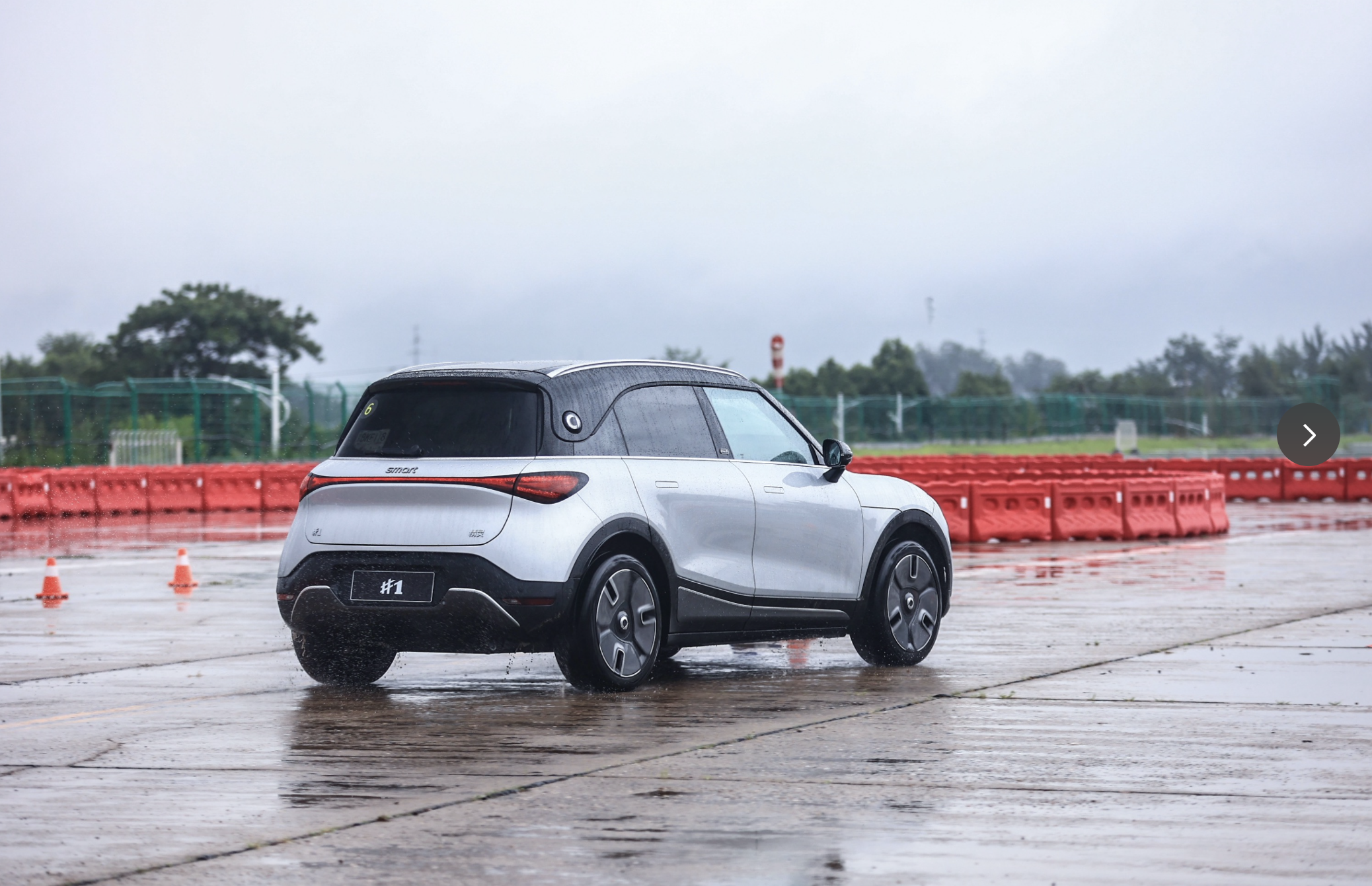
After several laps of demonstration, this car wanted to swing out of every turn, and the photographer and I laughed and shouted like apes in the car. When I drove it myself, I honestly turned on the ESP, but perhaps due to the wet road surface, the rear of the car still swung out when I accelerated out of a turn at half throttle. Fortunately, in sport mode, the car’s steering had a large inherent return torque, so after a bit of maneuvering, the car returned to a straight line. In any case, I had a lot of fun during the test drive.
Rear-wheel drive, 272 horsepower, and ESP switchable. When these three words appear together on a compact car, it can make car enthusiasts walk on air.
Why do I say it is a wonderful compromise?
Because from a driving perspective, smart #1 reminds me of the middle ground between the Model 3 and the ID.3, with both the power and driving experience of the Model 3 and the chassis quality and the generous steering angle of the ID.3. It’s not as taut and extreme as the Model 3, but it’s more enjoyable and restless than the ID.3.
Chinese characteristics that are most needed.I specifically placed the discussion on the intelligence of smart #1 at the end of the article because it exceeded my expectations.
Let’s start with the advanced driver assistance system (ADAS). The perception hardware for the ADAS of this car follows the classic 1V5R layout, which consists of a forward mono-camera and 5 millimeter-wave radars. This system can achieve some common functions, such as lane-keeping and adaptive cruise control (ACC), automatic parking, and a seldom-seen automatic lane change (with turn signals). In actual driving, the system’s ability performed well on the highway despite moderate rain. The lane-keeping function remained stable, and turn signals were executed with high efficiency and accurate judgments of the distances between the front and rear cars.
Furthermore, the smart #1 also provides visual displays of the ADAS environment on the instrument panel and animations of the turn signals, Forward Collision Warning (FCW), and other functions in the Head-Up Display (HUD). The UI design is aesthetically pleasing and smooth.
The only weak point of the vehicle’s ADAS is its ability to maintain a curved lane. If the vehicle is not intervened in time, it may deviate from the lane, especially on a road with a relatively large curvature. However, the overall ADAS performance can still be rated as a good level.
During the test drive, the experience of the car’s infotainment system and voice recognition was not outstanding. However, we later learned that there was a model in the exhibition hall that was close to the delivery version of the software. The smart #1’s cabin engineer demoed an impressive level of voice interaction on that car, such as visible and continuous conversations, interrupting conversations, and execution of recognition commands without a wake-up command. The execution speed of the recognition commands can rival the top-level in the current market.
In addition, with the hardware specifications of the 8155 chip and 16GB RAM, the operation of this infotainment system is very smooth. Benz, the leading HMI designer, did a lot of transitions and model details within the whole UI interface. For example, the cute fox image, which acts as the voice assistant, has more than 70 different expressions. The speed of the air blower used for different gears also causes the fox’s head to turn at different angles. You can obviously feel the high standards of design and aesthetics that smart has applied to the infotainment system.
Finally, smart #1’s production capacity for this year has been fully booked, which speaks volumes about its popularity among the masses, considering the car is still in its blind booking stage.
In fact, from the price and configuration of smart #1, I could already predict such a result. Firstly, the high-level interior and exterior design combined with practical space have greatly increased the audience of this car. Secondly, the standard 66 kWh ternary lithium battery and 200 kW motor are unique in the current price range. The top-of-the-line model provides almost all-round coverage of user demands, such as comfort, intelligence, personalization, and range.Therefore, I believe that despite the cute and delicate design style of the car, there will still be many male users who will like smart #1. Because, regardless of aesthetic and brand factors, the comprehensive product strength of this car has already stood at the strongest position in this price range. In addition, on the premise of excellent overall performance, the car’s performance is very balanced, and there are no obvious weak points. Those relatively insufficient areas objectively speaking, are not below 60 points, but just relatively “not excellent enough”.
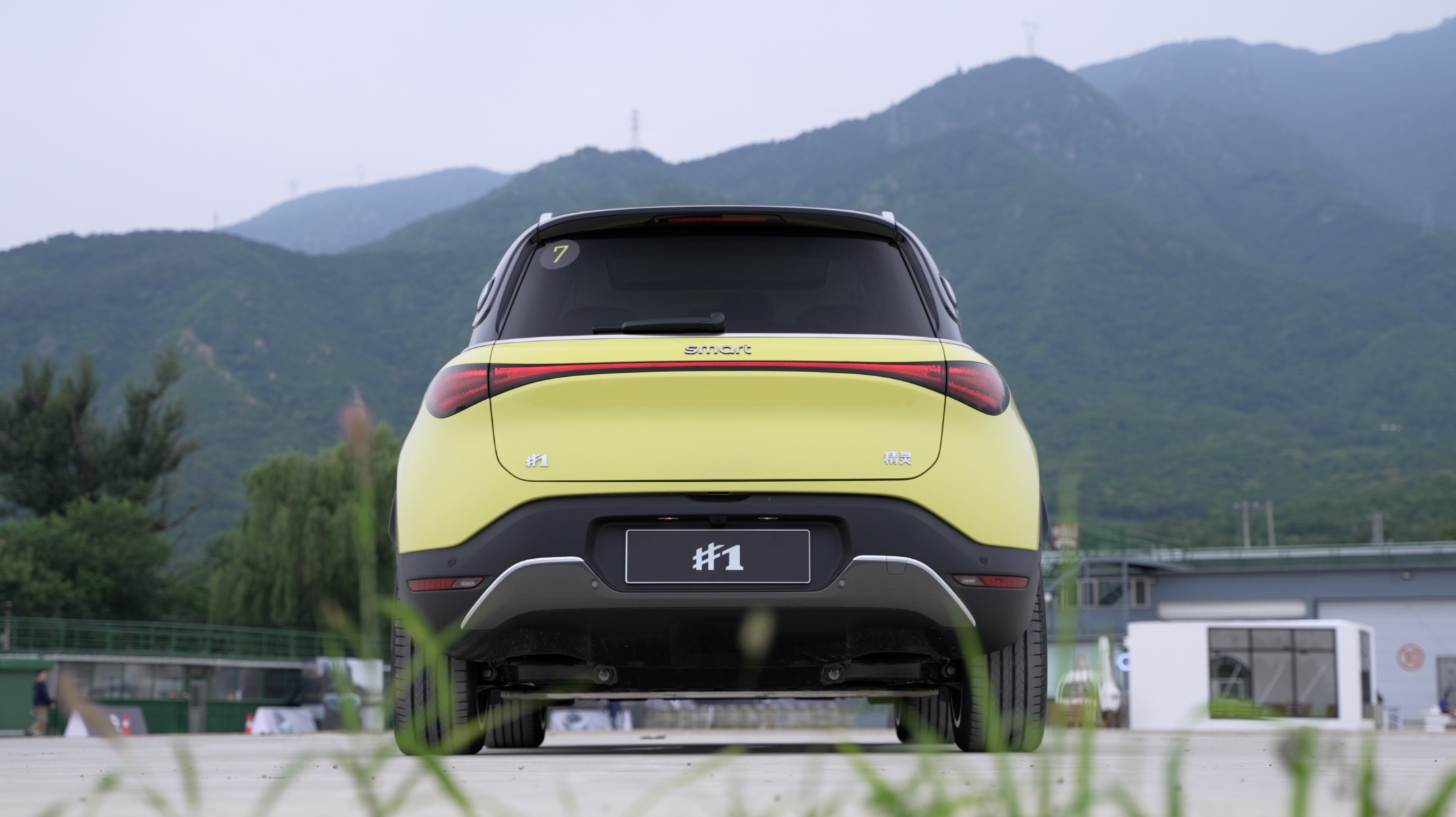
After actually test driving it, I think smart #1 did deliver everything that is required for a high-quality small car: flexible body size, high space utilization, comfortable and high-end front seats, good design, excellent driving control, sufficient endurance for small trips, basic assisted driving that can meet the needs of high-speed driving scenarios, convenient interaction for the vehicle and voice, good standard audio, and most importantly, a price that is worth the value.
This article is a translation by ChatGPT of a Chinese report from 42HOW. If you have any questions about it, please email bd@42how.com.
